


PHOTOGRAPHY: KYLEGILBERT,HEIDI EASUDES,ASUENTERPRISEBRAND STRATEGYANDMANAGEMENT
Transformingwithpurpose, learningwithpassionand innovatingwithimpact–these principlesdefinetheAIjourneyat




PHOTOGRAPHY: KYLEGILBERT,HEIDI EASUDES,ASUENTERPRISEBRAND STRATEGYANDMANAGEMENT
Transformingwithpurpose, learningwithpassionand innovatingwithimpact–these principlesdefinetheAIjourneyat
As a recognized leader in advancing AI across higher education, ASU is at the forefront of AI innovations Our efforts have centered on three areas of impact: enhancing student and learner success, advancing research for societal good, and preparing students and faculty alike for the evolving demands of the modern workplace.
At the heart of ASU’s AI strategy lies Principled InnovationⓇ –a commitment to using technology responsibly for positive societal impact.
The AI Journey reveals the success, momentum and trajectory of AI at ASU In this latest release, uncover new examples of AI for teaching and learning and explore research advances in AI for societal good. Readers will also get a first look at the AI solutions – including the CreateAI Platform and MyAI Builder –developed by ASU's technologists. Follow along as we advance what's next, now.


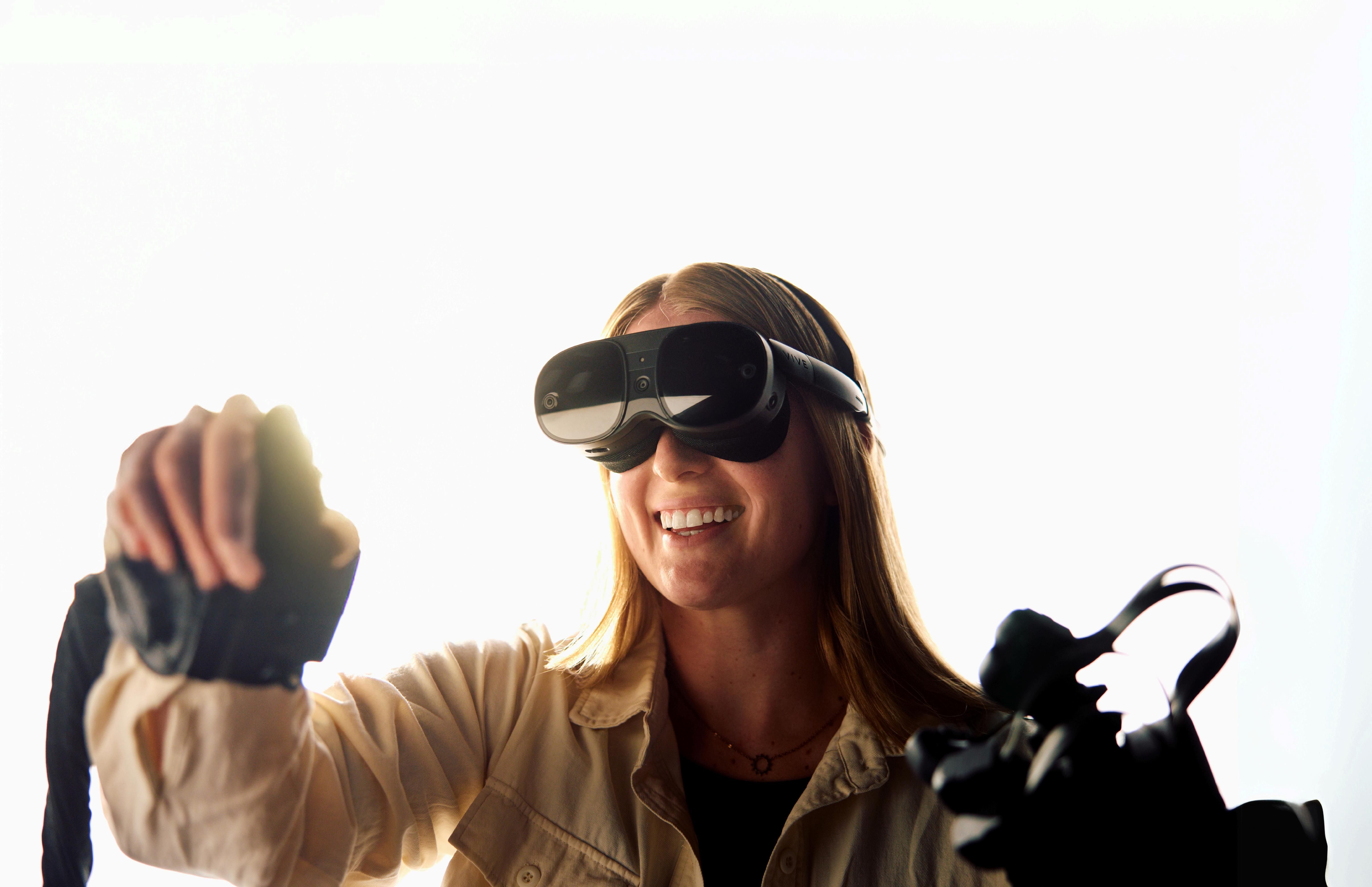




18
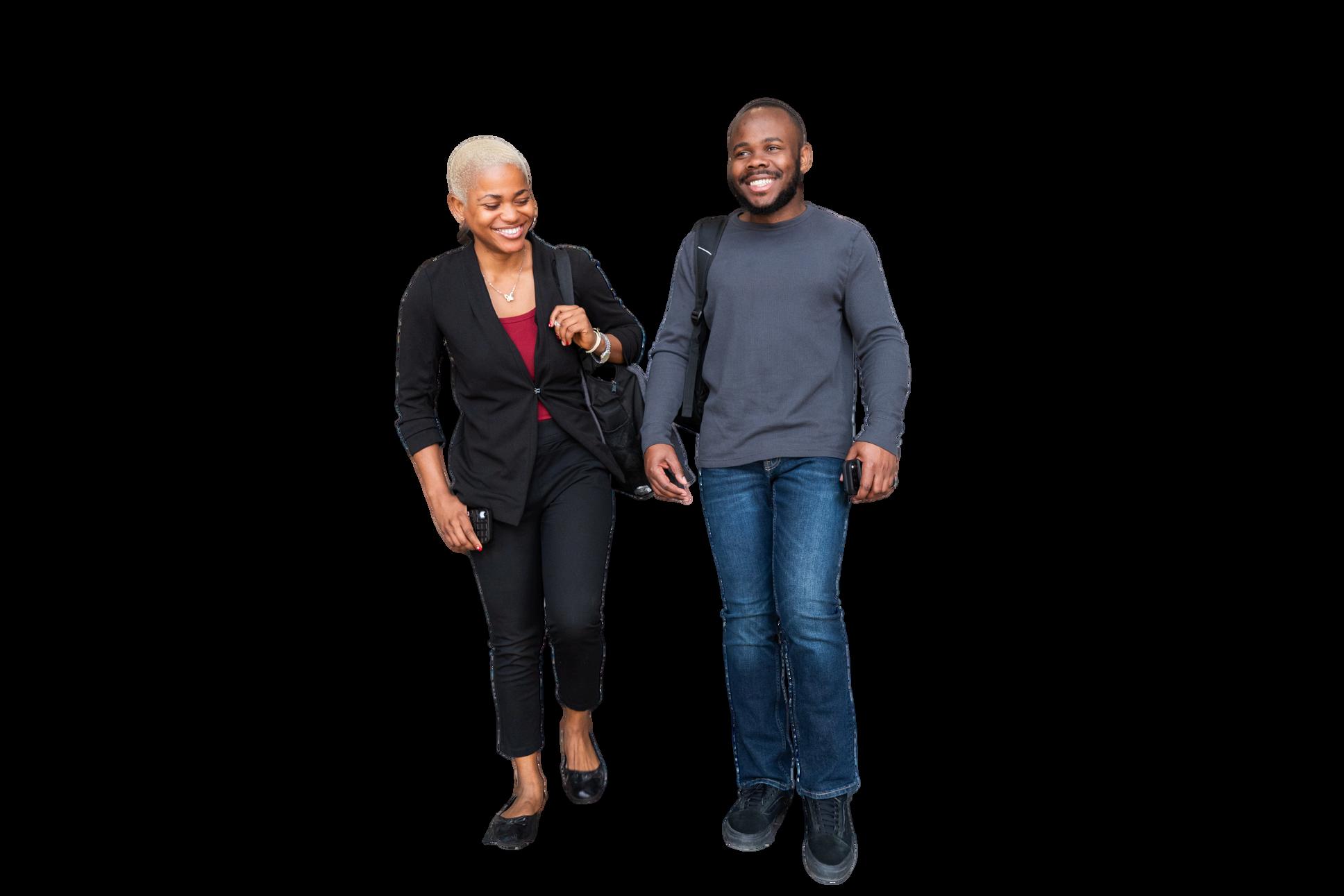
AmessagefromASU PresidentMichaelM Crow PAGE5
AI-powerededucational experiencesunderwayatASU PAGE7
Research advancesinAI forsocietalgood
31
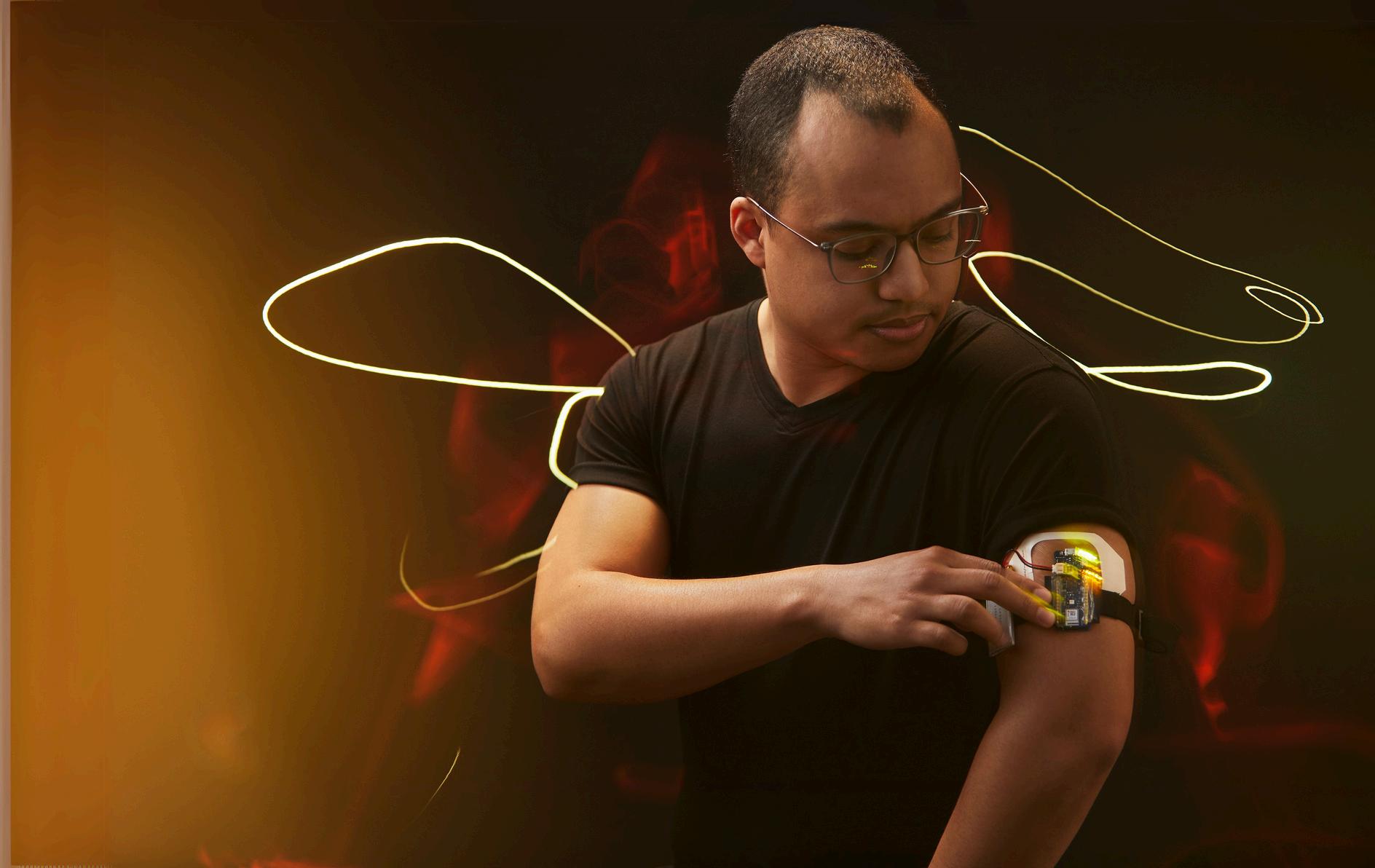
Empoweringthechangemakers oftomorrow,today PAGE18
ResearchadvancesinAI forsocietalgood PAGE31
Newtoolscreatespace foractiveinnovation PAGE39
Aninterviewwith MichaelM.Crow, President,Arizona StateUniversity
53
Onthe horizon PAGE43

ReprintfromTheEconomic: “AIisn’tthethreat,outdatedteaching methodsare ”AninterviewwithASU PresidentMichaelM Crow PAGE53










TheAIJourneyismade possiblethroughthe collaborativeeffortsof ArizonaStateUniversity’s EnterpriseTechnology, MediaRelationsand StrategicCommunications, andEnterpriseBrandand Marketing,alongwith additionalcontributingunits, ensuringacomprehensive andcohesiveinitiative
Ourteamofstorytellersand digitalstrategistsisexcited toshowcasehow technologyisdriving transformationatASU
Thisreportwasdeveloped usingartificialintelligence toolstoenhanceand streamlinecontent
ExplorehowArizonaState Universityisharnessingthe powerofartificialintelligence toenhanceteaching, learning,andresearchby visitingourAIinitiativesat: aiasuedu

PHOTOGRAPHER: DEANNADENT,ASU
At Arizona State University, we embrace Augmented Intelligence as a powerful engine for innovation, accelerating progress in learning, research, and global impact AI is revolutionizing how we educate students, conduct groundbreaking research, and develop solutions to some of the world’s most pressing challenges. By leveraging AI, ASU is expanding access, enhancing learning experiences, and increasing support for student success.
Across every discipline - from the arts and humanities to engineering and the sciences - AI is expanding what is possible At ASU, we are committed to shaping an AIenabled future where technology enhances, rather than replaces, human ingenuity Our vision is to ensure that students, faculty, researchers, staff, and community partners have the tools, knowledge, and ethical framework to thrive in an AI-driven world.
As a university of access, excellence, and impact, we recognize AI’s potential to break down barriers, expand educational opportunities, and drive societal progress. Through responsible AI development, interdisciplinary collaboration, and partnerships with industry, government, and global organizations, ASU is advancing AI applications that improve lives - from personalized learning and health care innovations to climate solutions and equitable digital transformation.
We don’t just anticipate the future. We create it. By integrating AI into every facet of the university experience with purpose and responsibility, ASU is preparing the next generation to lead in an AI-powered world.

PHOTOGRAPHER:
We invite you to join us on this journey. Whether as a learner, researcher, partner, or advocate, your contributions will help define the next era of AI and its impact on our world.

swer of its knowledge core — our faculty, students to drive AI solutions that enhance advancing research and discovery
logy and will be an enduring part cape that impacts people's lives ure.
of AI brings the responsibility to way, centering our charter and access.
ntelligence and capabilities, m, to promote equal access to otential
ty to our community to keep gression of AI
be easily accessible to people nds, aiming to bridge the


From fashion to nursing, the humanities and journalism – the use of generative AI for teaching and learning is gaining momentum across ASU
With support from ASU’s AI Innovation Challenge, faculty from every corner of the university are able to explore the use of generative AI tools, most notably ChatGPT Edu, in their classroom
The AI Innovation Challenge launched in spring 2024, following the announcement of the ASU and OpenAI collaboration. The Challenge invites faculty, staff and students with faculty sponsors to submit proposals to leverage ChatGPT across academic, research and work environments.
To date, the university has activated 400 projects. From developing skills in prompt engineering to designing their own custom AI-experiences, students are playing a key role in the adoption of AI tools
In the following stories, we explore a handful of projects showcasing the diverse applications and impact of generative AI on the ASU academic experience
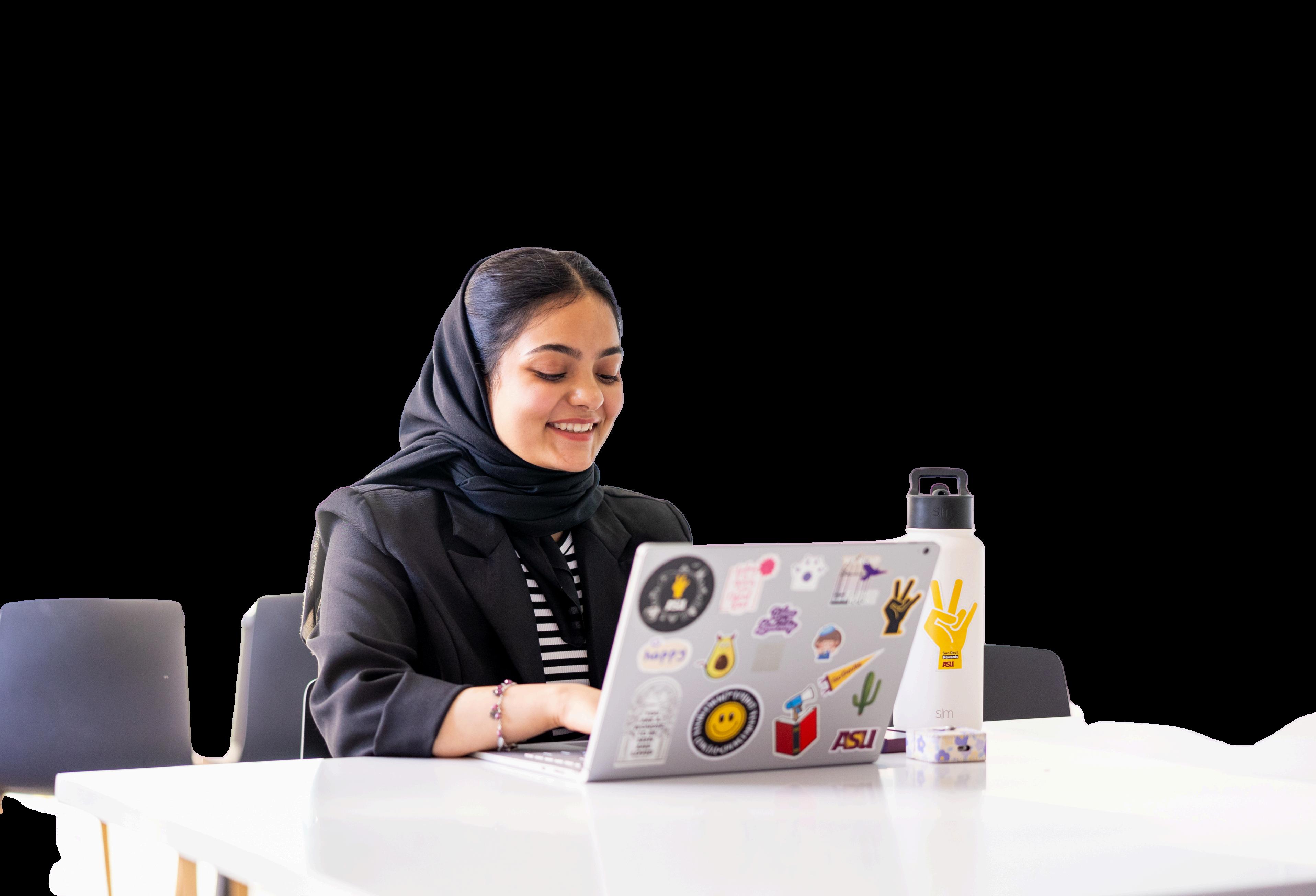
By

4,000+ faculty, staff and students have received licenses
401
4 17 schools and colleges reached A focus on impact: support teaching and learning, advance research and enhance the future of work.
600+
projects activated proposals received semesters and counting
WRITTENBYJOYCELYNMUNOZ
Students enrolled in ASU 121: Creative Solutions in Action are working to tackle some of the biggest challenges on the ASU campus and in the Phoenix community. They are also learning to use custom AI tools to enhance their creativity and problem-solving skills.
Alison Lester, an assistant teaching professor with University College, teaches the course. “How AI folds into it is thinking about cocollaborating with it,” Lester said “How could it be a partner in designing solutions for community needs? That’s something I’m exploring with students ”
For the first half of the spring 2025 semester, she has worked alongside her students to cocreate a customized AI experience inside ChatGPT. The goal is to create a new tool that helps students work through new ideas and role-play scenarios that include preparing for meetings, brainstorming ideas and working out logistics to solve real community problems
The GPT is set up with instructions to direct the AI on engagement These include: Be a coach, not a fixer Keep the responses short with questions to encourage engagement.
The custom GPT is also preloaded with the course syllabus, activities, and assignments. Four starting prompts can be updated as students move through the course, such as, “Do you need help roleplaying as a stakeholder?” The bot is also set up with Lester’s teaching style, sense of humor, and playfulness
“As a teacher, this is where we can be vulnerable and dive into a co-learning process alongside our students,” Lester said “It's so rich for me to sit back and understand how to foster ethical AI, responsible AI, and doing that with learners kind of helps us twofold: understand how to use it, but also get a sense of their critical thinking that's happening with it.”
For both students and professor, cocreating and co-developing ChatGPT AI bot has brought a richer sense of community and creativity. “Part of the journey and fun is that students have an equal voice in creating this,” Lester said

The use of generative AI to support role-playing learning scenarios is unfolding across ASU For the past year, a team of faculty members at Edson College of Nursing and Health Innovation have been working to help their students develop AI-generated simulations that facilitate patient-provider engagements.
Students were introduced to a custom GPT that helps them draft simulation storyboards. “By using ChatGPT, students can develop the storyboard of a simulated patient-provider experience in minutes rather than hours,” Margaret Calacci explained
The AI provides basic patient details such as names, demographics, and personal history helping students outline essential elements of clinical encounters.
Ultimately, the plan is to bring at least one of these AI-generated simulations into a lab setting. This initiative underscores how advanced tools can enrich nursing education - without replacing the essential human insight that underpins quality care. WRITTENBYANNIEDAVIS
However, finalizing the storyboard requires human expertise. “Even though AI tools are designed to elevate your initiatives and launch your students’ work, students must apply their clinical and professional expertise to assess the appropriateness of the tool's
output,” said Karen Saewert, a clinical professor
Indeed, the AI-generated script undergoes multiple reviews to ensure it meets current medical practice and professional standards.
Another focal point is “prompt engineering,” the iterative dialogue between students and AI. Morris observed that although some students were initially skeptical about using AI, they soon recognized how it expands their thinking and creativity
To date, 11 students crafted storyboard ideas using the custom GPT

PHOTOGRAPHER:
Every day, the fashion industry finds more and more uses for AI — and ASU-FIDM professor Naomi Ellis wants her students to be prepared
From trend forecasting, to identifying target markets, to even quick turnarounds on designs, Ellis said, “there is no area in our industry without it.”
FSH 394 Topic: AI in Fashion is a course dedicated to preparing students for the AI surge in the fashion industry through course projects. One such project assignment is the student creation of a custom Chat GPT bot as a versatile industry tool
Retrieval Augmented Generation (RAG) is a database technique that combines ChatGPT and external knowledge materials In this course, students can configure their own RAGs to create their custom tool.
One student is using ChatGPT to create a textile guidebook using a database of illustrations. The custom GPT would help the user identify textiles or render how they would look digitally.
Another student is building a rolodex of uses for unconventional fashion materials Questions such as, “How can I not waste this material from my couch?,” can be prompted and the custom bot would advise based on the type of material
A third custom bot is expected to work as a personal wardrobe using a personal style RAG database.
“This makes them more prepared than any other fashion student,” Ellis said. “And, to my knowledge, there are no other schools or no other students doing this.” WRITTENBYJOYCELYNMUNOZ
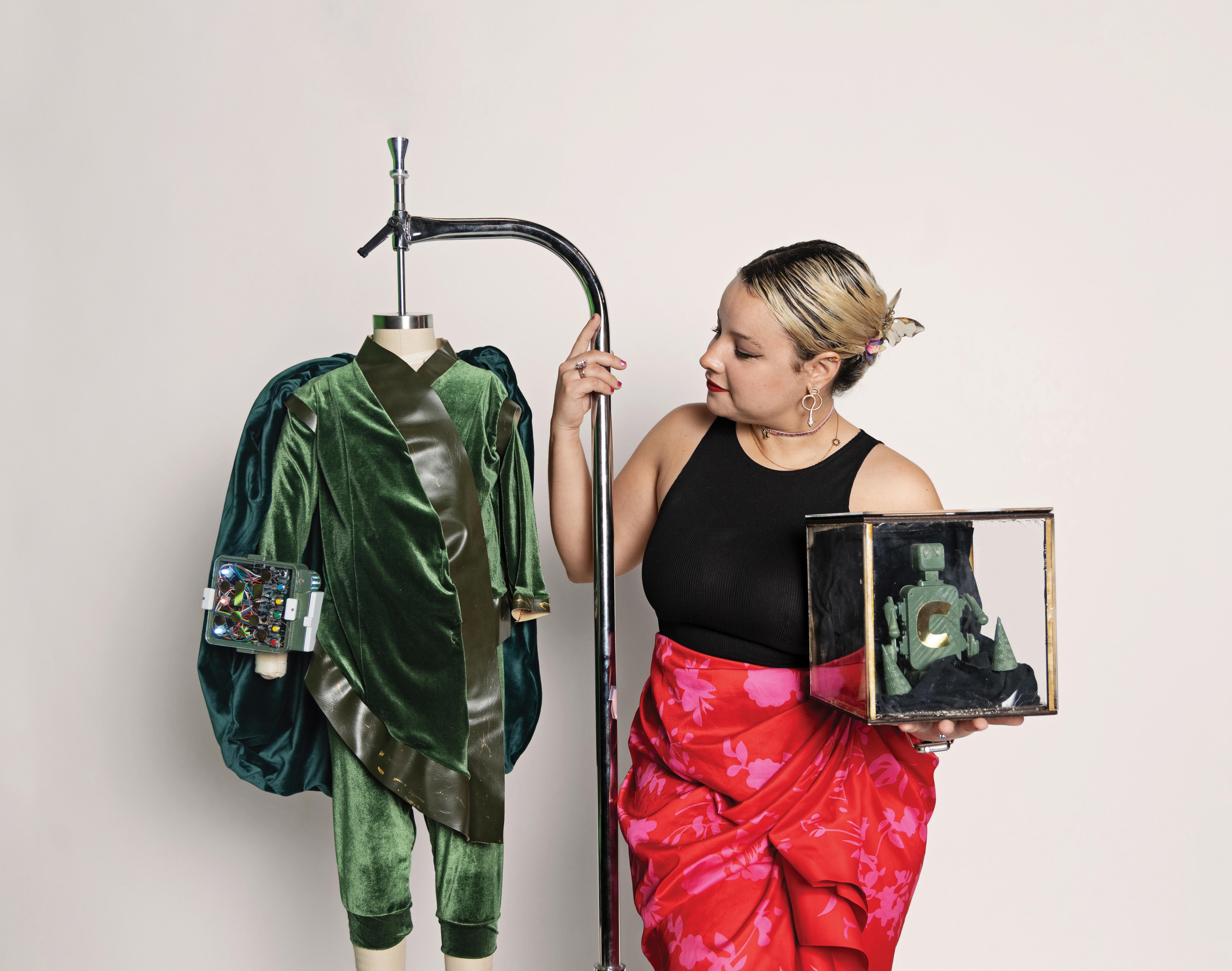
WRITTENBYJAKEGARCIA; EDITEDBYJOYCELYNMUNOZ
Students at the Howard Center for Investigative Journalism at ASU are incorporating generative AI and ChatGPT into their work in investigative reporting. From data crunching to legal citations, the large language models have become an interactable tool for student journalists making public records requests.
Mark Greenblatt, a professor of practice at the Walter Cronkite School of Journalism and Mass Communication and executive editor at the Howard Center, is overseeing the widespread use of this technology for the first time.
One of the biggest struggles for investigative journalists is to convince government officials or agencies to allow access to public records and information. To solve this, Greenblatt and his students ask ChatGPT to write code that can be given to the agency’s IT department, pulling data sets and records significantly easier and faster for government public relations officials
Eshaan Sarup, a student in the program, has used this technique to great effect.
“What ChatGPT is very good at is giving you a base code to start with,” he said. “It's been really useful for helping me analyze, visualize and merge data.”
Greenblatt cited one instance where a response aided by ChatGPT brought down a records request tabbed at over $2,000 to just $40
For agencies reluctant to disclose information, Greenblatt and his students take ChatGPT a step further – prompting the tool to write a legal argument and cite legal precedent to detail the unlawfulness of withholding information.
“When you see a young reporter who has never fought for a record in their life, and you see them very quickly and very powerfully going up against seasoned lawyers and winning and getting public records, democracy is working better in the Howard Center right here at Arizona State University,” Greenblatt said
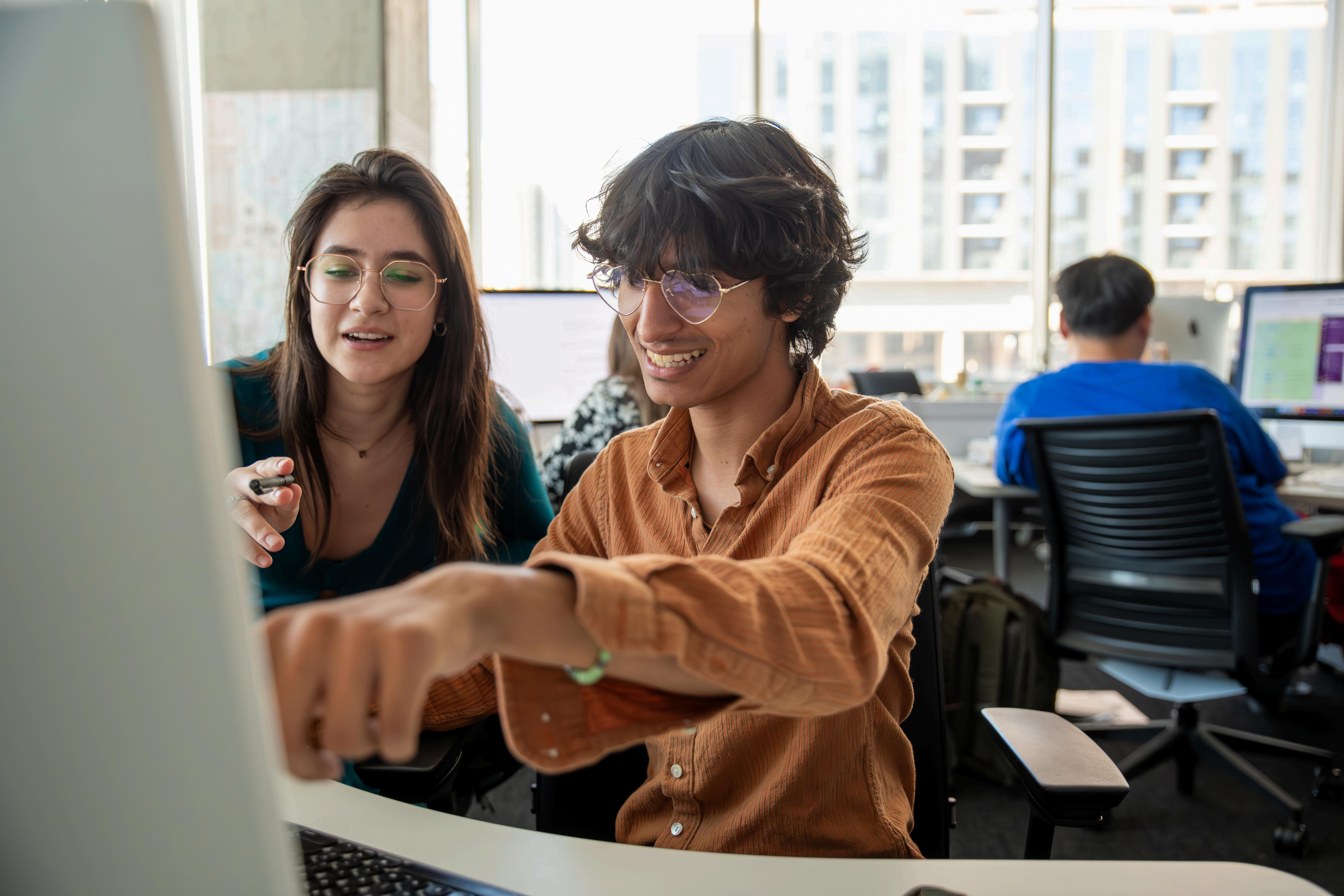
A team of AI experts, faculty and researchers from across the university are advancing the evaluation and development of AI innovations The following whitepapers have been published:

The Higher Education Language Model
Multidimensional Multimodal Evaluation Framework
WrittenbyAIAcceleration,ASU EnterpriseTechnology
Multifaceted Assessment of Responsible Use and Bias in Language Models for Education
WithcontributionsfromASU’sLearning EngineeringInstitute,AIAccelerationand HumanSystemsEngineering PublishedinNaturalLanguageProcessing (NLP)andLargeLanguageModeling
Universal Topic
Modeling Toolkit
WrittenbyVarunShourieandHaileyStevensMacfarlane,DataScience,AIAcceleration
Using Slack to Inform Your Gen AI
WrittenbyVarunShourieData Scientist,AIAcceleration
ASUisanamedcontributorin“Generating CollegeCompletion:Implementation Guidance&CaseStudiesonAIAdoption andInnovationforStudentSuccess,”a publicationbyCompleteCollegeAmerica andT3Advisory


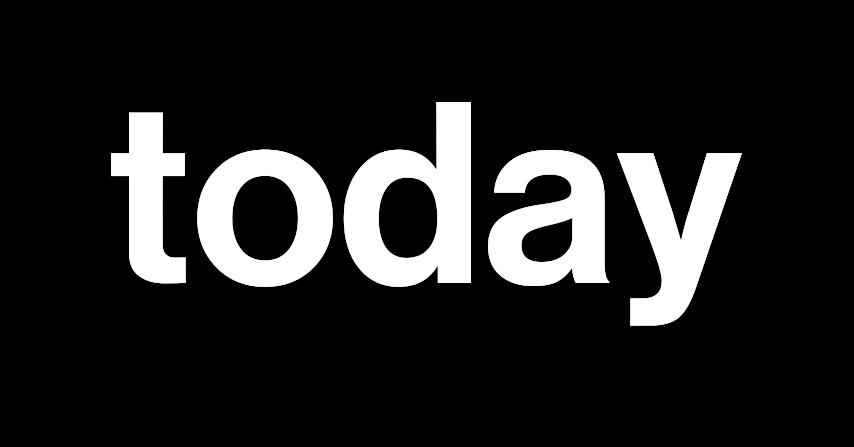
At ASU, the pursuit of knowledge starts in the classroom and extends far beyond lecture halls and labs
Every year, the university employs more than
10,000
students at both the graduate and undergraduate level.
Many of these opportunities offer the space for students to apply their knowledge to real-world work scenarios. That way, before they graduate, ASU students are bridging the gap between academia and industry, unlocking their potential as changemakers.
Let’s meet a few student changemakers in AI at ASU.




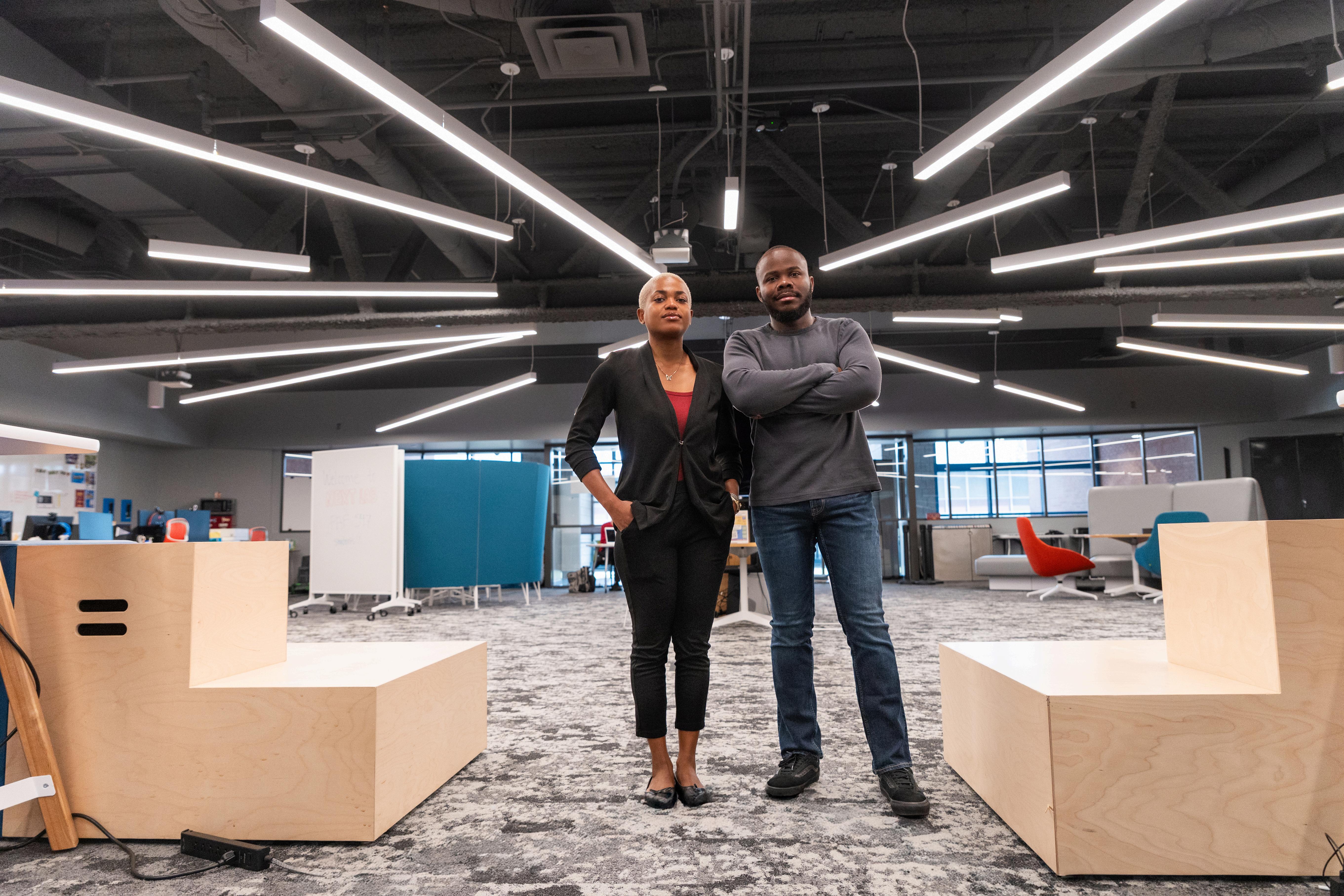
Samuel Ninsiima and Abang Faith
Timoh are two international students employed at ASU today. Both are part of the Mastercard Foundation Scholars program at ASU and enrolled in the Master of Science in Artificial Intelligence in Business at W P Carey School of Business the United States’ first AI graduate degree from a business school
Since August 2024, they have been working with the AI Acceleration team at ASU Enterprise Technology with a shared purpose in using AI to solve real-world problems and make it more accessible.
Sam and Faith took very different paths to the same program, but their passion for impact has aligned them in meaningful ways. Faith’s business acumen and knack for user-focused solutions offered a sharp contrast to Sam’s technical depth in machine learning and data analysis
Prior to starting at ASU, Sam worked for three years as a software engineer in his home country of Uganda. Joining the Data Science chapter of the team, Sam is able to combine his degree in statistics with his skills as an engineer.


Amber Hedquist, a Ph.D. student in the Department of English at ASU, is leading innovation by integrating AI tools into academic and research settings Her work demonstrates AI’s transformative potential while addressing its limitations and ethical implications
This semester, Hedquist is teaching English 301: Writing for the Professions course, with plans to empower her students to integrate AI thoughtfully into their professional workflows. She will focus on educating students about how AI fits into larger processes and the implications of its use, reinforcing the importance of ethical and sustainable practices
Hedquist also works in Research Operations at ASU, partnering with colleagues from across research administration Hedquist and her colleague, Valerie Kaim, collaborate to streamline and improve processes across research operations. Together, they’ve built approximately 12 custom GPTs over a four-month period.



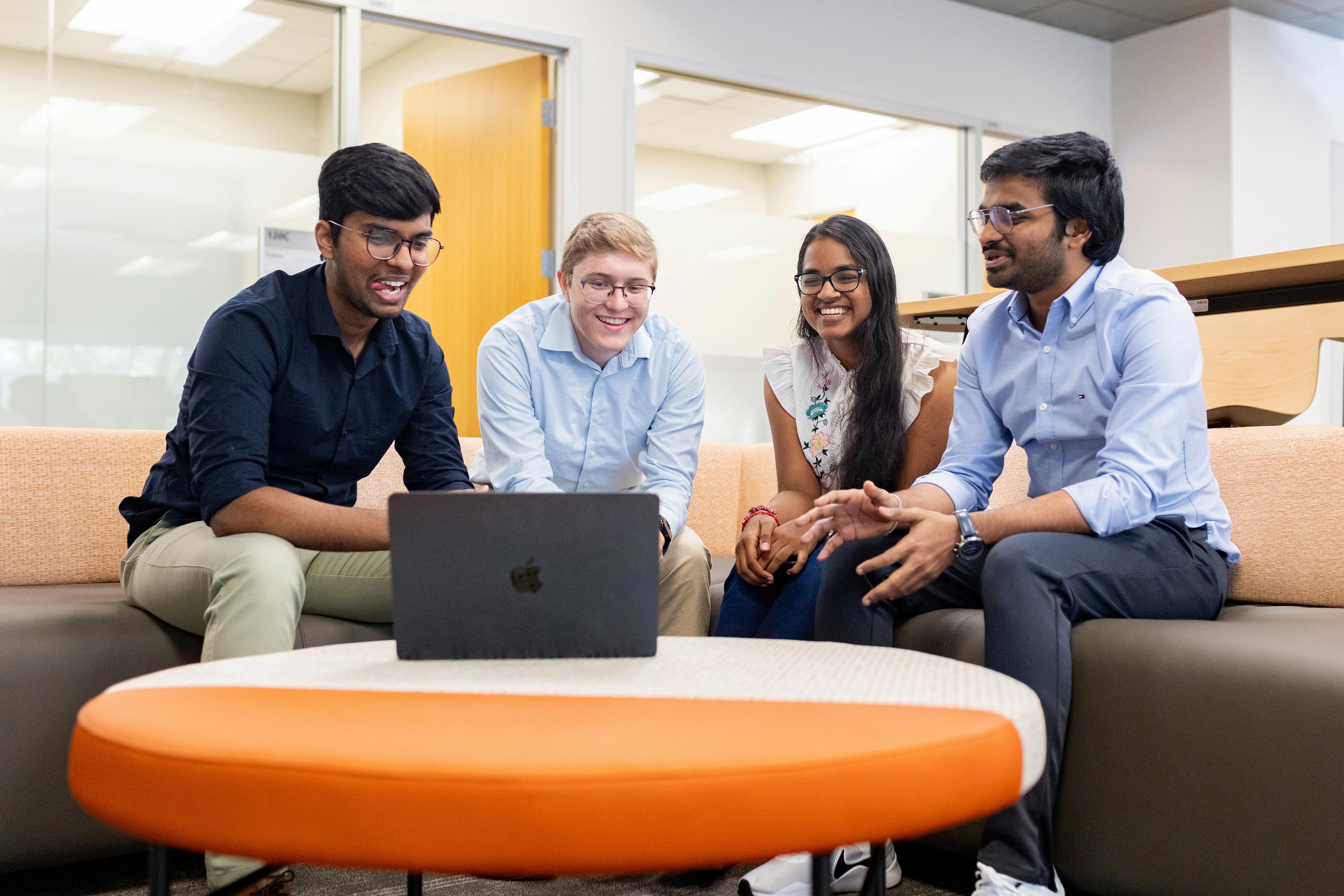

The AI Cloud Innovation Center at ASU is powered by Amazon

As part of a broader effort to bridge digital divides and connect underserved communities with cutting-edge resources, a team of student workers at ASU Next Lab is working to develop a transformative solution: EDge AI The initiative’s name highlights the concept of education at "the edge" — reaching communities where access to technology, especially AI, is limited due to financial barriers, lack of internet access, or even unreliable power.
Ananya Bhargavi Kodali, Hrushikesh Pandit, Hithesh Rai Purushothama and Sahil Garg are student workers at ASU Next Lab, working with Dan Munnerley, executive director.
“Our main motivation was around equity and accessibility for who can use these resources,” said Ananya Bhargavi Kodali
AI is typically a paid-for service delivered over the internet, demanding considerable resources in terms of power and consumption. These prohibitive requirements often impede communities who stand to benefit the most from access to robust digital tools.

The team at Next Lab strives to dismantle these obstacles with EDge AI, which is designed with optimization and accessibility in mind.
EDge AI functions without an internet connection and on various devices, using minimal power, all while boasting a user-friendly interface. Since EDge AI can be run locally, users enjoy the added advantage of privacy and security. This offers meaningful benefits to indigenous groups, for example, who endeavor to protect their cultural heritage by carefully supervising the tools used to distribute or transform their intellectual property
EDge AI has a bold vision to deliver quality AI experiences despite structural and environmental limitations. The student team has been running EDge AI prototypes on different devices, the smallest of which are Raspberry Pis singleboard computers that can be held in the palm of one’s hand. The large language model Llama from Meta along with the database to act as the knowledge source are uploaded to the devices to offer the offline AI experience
“By running a [large language] model on the device and training it on the database, you can create a chatbot that works offline,” said Hrushikesh Pandit.
Hackathons have grown in popularity at ASU. These multi-day events bridge classroom learning and real-world problem solving, offering an opportunity for students to play, learn and collaborate in the role of an entrepreneur. Students work in teams to rapidly prototype and build solutions in the end, a pitch competition will surface a winning idea. Check out these hackathon highlights from across ASU.
20 new AI solutions, 80 students, 1 pitch competition.
The ScaleU + Principled Innovation Academy AI in Education hackathon tasked students to develop innovative agentic AI tools to solve real problems in education. And they delivered over the two-day event.
Students heard from Amazon Web Services (AWS) senior solutions architect, who provided temporary access to Amazon Bedrock for their projects. Teams created pitch decks, along with functional product videos. Seven finalist teams were invited to pitch their ideas, which ranged from AIpowered interview assessments to AI agent that helps graders
“This hackathon transformed my interest in education and technology into action Building AlterView - an AI-powered conversation-based assessment tool - was incredibly energizing,” said Siddharth Mehta, ASU student

“I truly believe AI isn't just enhancing education - it's completely reimagining it.”
-SIDDHARTHMEHTA,ASUSTUDENT

















Ten student-led teams ignited each other’s curiosity as they collaborated on AI-driven solutions at the Zoom AI on Campus Spark Challenge. These efforts culminated in a pitch competition. Top teams offered new features to integrate into Zoom AI Companion included:
2 1 A real-time, AI-powered tool that offers a suite of accessibility services to support personalized online learning for visually impaired
3
A gesture-based AI companion that helps students capture and clarify unfamiliar terms during Zoom classes, providing instant definitions and visuals
A career AI Companion helps students bridge the gap between academics and industry relevance for real-world success.

The Spark Challenge series is created by ASU Enterprise Technology Community Partners.
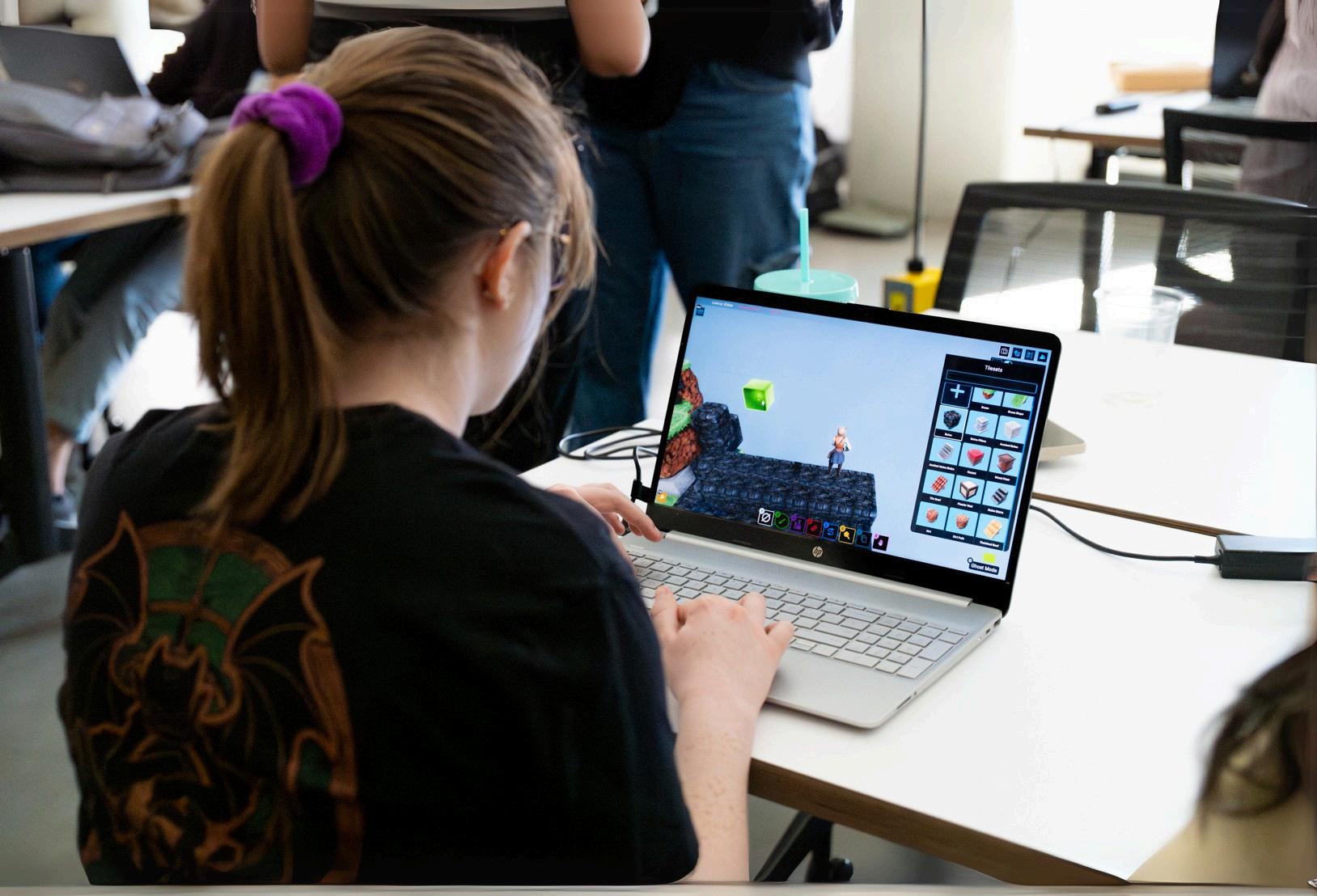
PHOTOGRAPHER: ALISHAMENDEZ, ASUENTERPRISETECHNOLOGY
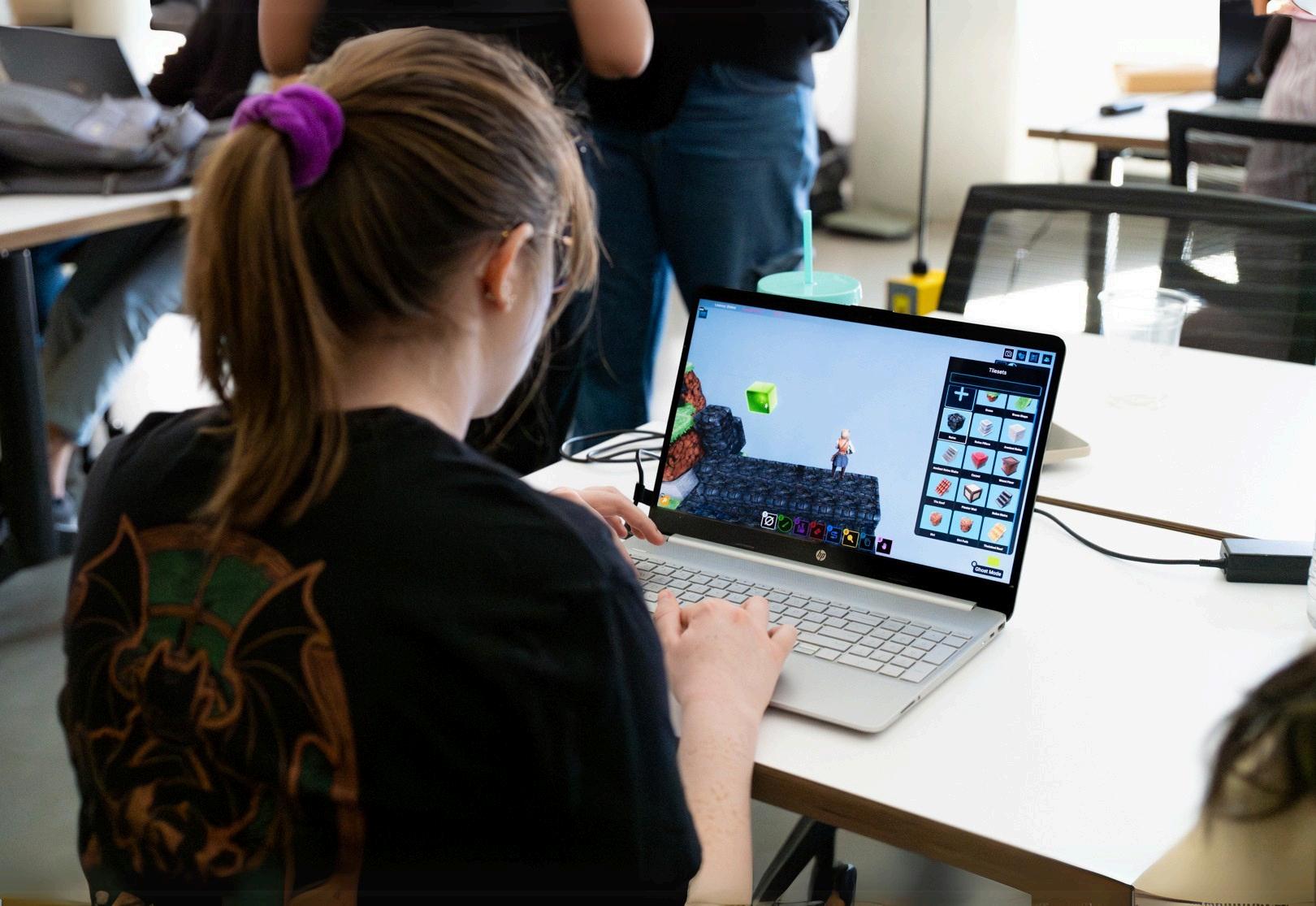
d Learning Lab debuted udent game developers
s Spark Challenge
ed students from across build a playable game amic 3D world builder orm produced by ll soon be taught in ASU
s Games and Learning ssistant Ender, which to navigate the platform r AI integrations for . makers divided into 13 ged to create Dungeon
took home the top prize mpleted a game build ed on the “Capstone enging game makers to ustom scripting and 3D es to add new tricks and e game play.
going into game making n Xinping, who cong project. “[This ave just changed my

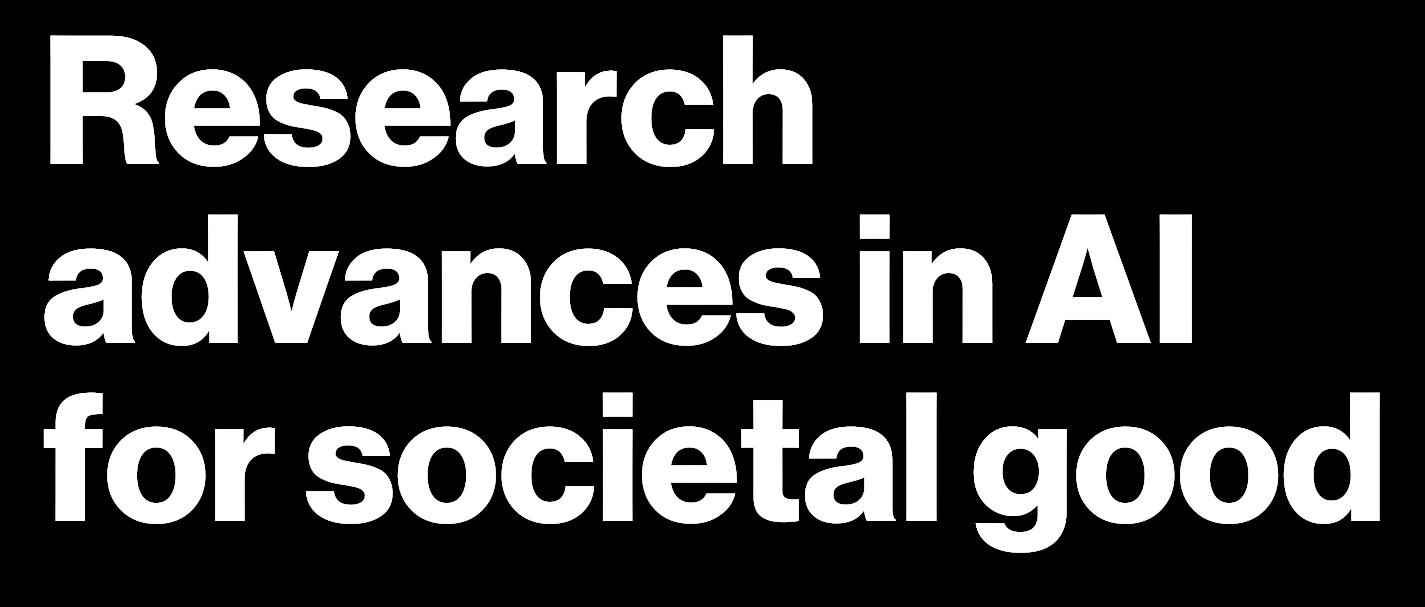



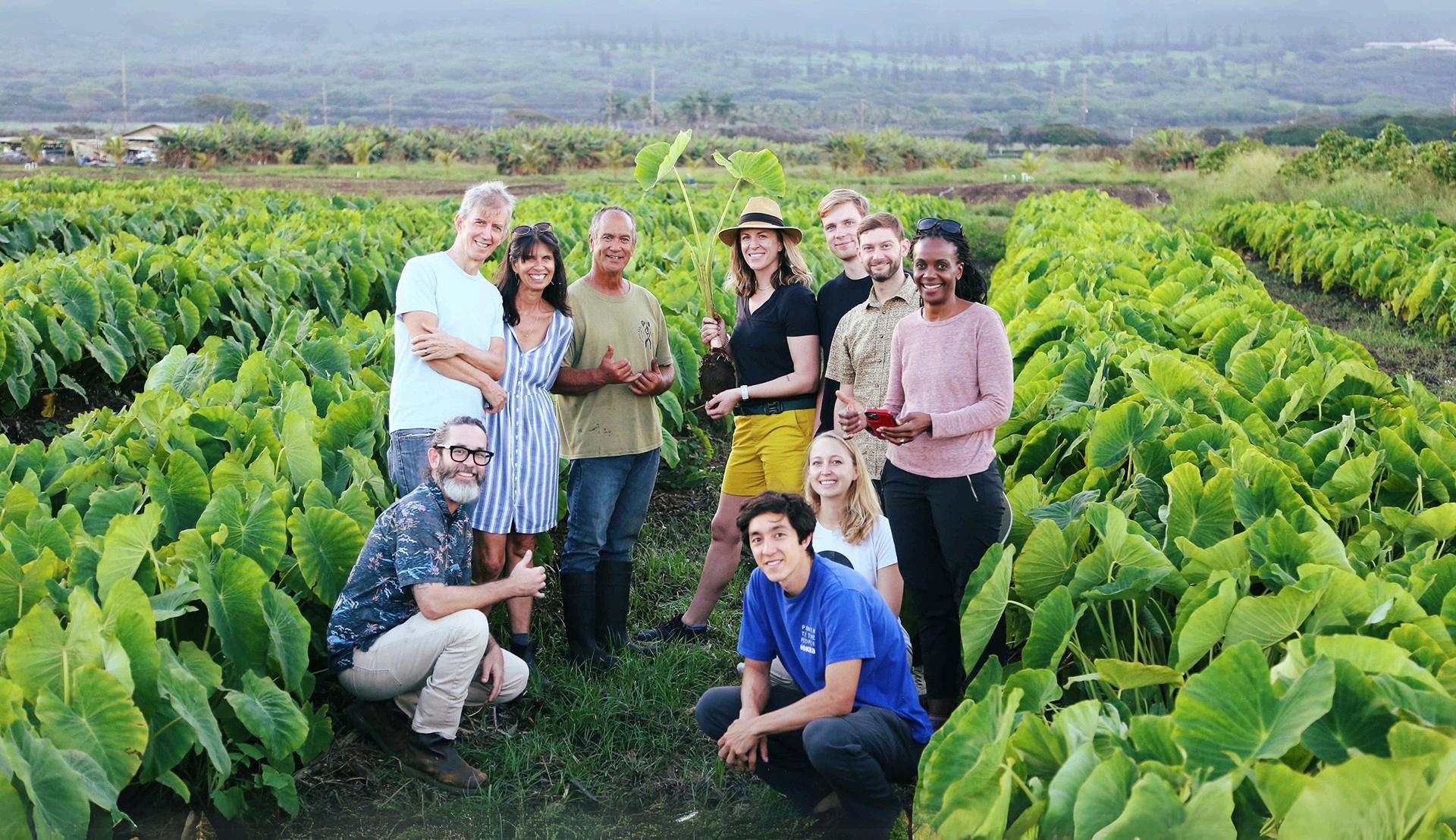
ASU computer science researchers use local knowledge and AI to address food insecurity
WRITTENBYKELLYDEVOSWITHREVISIONS
ASSISTEDBYAI-POWEREDEDITINGTOOLS
Food sovereignty goes beyond access to culturally significant foods; it is about having control over the food system. Communities are seeking agricultural models that are just, ecologically sustainable, and promote a healthy lifestyle. Researchers from the School of Computing and Augmented Intelligence at Arizona State University are leveraging satellite data and AI-driven tools to support these efforts, providing farmers with better decisionmaking resources. Through partnerships with organizations like NASA Acres, they are helping local growers optimize farming practices and enhance food security.
One of the key initiatives benefiting from this research is the Maui Nui Crop Monitor, which delivers location-specific weather and agricultural insights TheteamfromtheKernerLab,aresearchcenterintheSchool ofComputingandAugmentedIntelligence,partoftheIraA FultonSchoolsofEngineeringatArizonaStateUniversity,visits afarminMaui,Hawaii Theresearchersareusingartificial intelligencetoshareNASAsatelliteinsightswithMauifarmers PhotocourtesyoftheKernerLab

KellyRaineswinsresearchhonors forartificialintelligenceworkfor smartglasses
WRITTENBYKELLYDEVOSWITHREVISIONS
ASSISTEDBYAI-POWEREDEDITINGTOOLS
Partial vision loss affects more than six million Americans, making everyday tasks like reading street signs or navigating unfamiliar terrain challenging. To address these difficulties, Kelly Raines, a master's student in the School of Computing and Augmented Intelligence at Arizona State University, is developing AIpowered solutions to help individuals with visual disabilities
As part of her research in the Laboratory for Learning Evaluation of Autonomous Systems (LENS Lab), Raines has been integrating AI with smart glasses, such as the Ray-Ban Meta AI Glasses, to provide realtime assistance. Her work allows users to ask questions about their surroundings and receive information to help them navigate safely and independently.

KellyRaines,astudentinthecomputerscience AcceleratedMaster’sdegreeprogramintheSchoolof ComputingandAugmentedIntelligence,partoftheIra A FultonSchoolsofEngineeringatArizonaState University,posesinalabwearingapairofsmart glasses Shestudieshowartificialintelligencecan assistpeoplewithvisualdisabilities
PHOTOGRAPHER:KELLYDEVOS,ASU
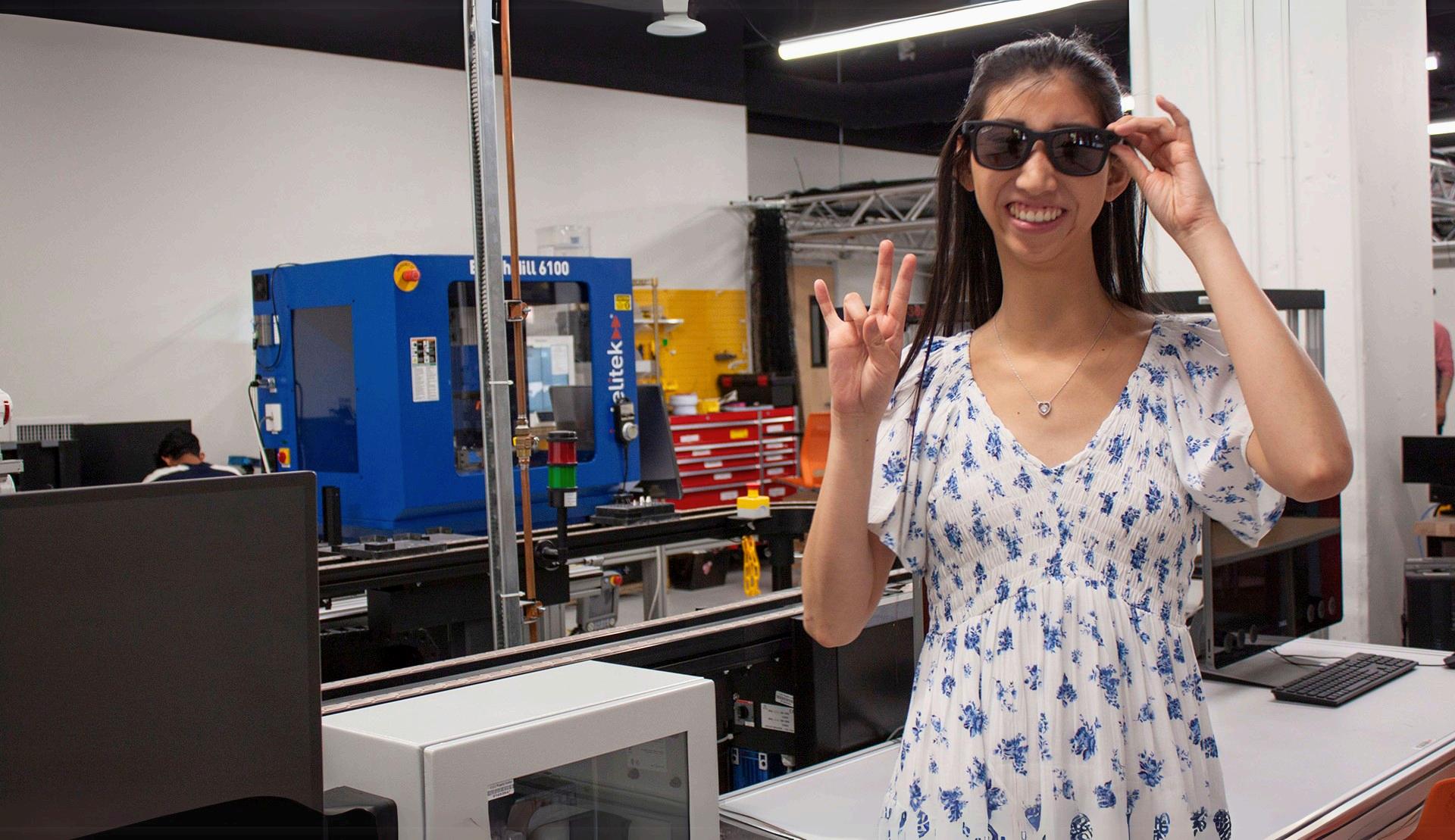
In recognition of her contributions, Raines received an honorable mention in the Computing Research Association’s Outstanding Undergraduate Researcher Awards, which highlights promising talent in computer science research.
The LENS Lab project builds on the existing capabilities of smart glasses, which can already capture images, recognize objects, and overlay digital information onto real-world views. To better understand the needs of visually impaired individuals, Raines conducted interviews with community members, identifying safety and reliability as top concerns Based on this feedback, she and her team developed an AI-powered assistant that helps users interpret their surroundings. By simply asking aloud, wearers can get details about objects in the distance, the number of steps in a staircase, or the text on a street sign. The research focuses on combining advanced AI models with spatial reasoning to create a seamless, interactive experience. Assistant Professor Ransalu Senanayake, who leads the LENS Lab, describes Raines as an engaged researcher whose work demonstrates how AI can empower individuals by enhancing accessibility and independence
WRITTENBYKELLYDEVOS
Dr Teresa Wu is a noted trailblazer in medical technology powered by AI, serving as the founding co-director of the ASUMayo Center for Innovative Imaging. In that role, she helps create better screening systems for many medical conditions including kidney and neurodegenerative diseases.
As a professor of industrial engineering in the School of Computing and Augmented Intelligence (SCAI), Wu guides students of all levels through research projects that seek to provide better tools for the early detection of Alzheimer’s disease The work uses AI to harmonize PET scans taken with different types of tracers. Since there are five different FDA-approved tracers, all with different properties, and different clinics use different tracers, it can be hard for researchers to compare data.



PHOTOGRAPHER: ERIKAGRONEK,ASU
The team’s models show what a brain scan taken using one type of tracer would look like if it had been taken with a different one, enabling easier comparison and research
Another project underway in the Wu Lab uses AI and deep machine learning systems to estimate a patient’s biological age from their MRI brain scans.
“With healthy subjects you expect their biological age and their true age to be similar,” Wu says.

If the two ages don’t match, that could be an early warning sign of neurodegenerative disease.
Wu is currently co-developing a pioneering program to train doctoral students for the future of medical engineering that harnesses the power of AI
In a world where educators, researchers, and students can shape AI to meet their unique needs without writing a single line of code, providing the right tools to foster innovation is essential. ASU is offering tools like ChatGPT and Adobe Express while also developing custom AI solutions that set it apart from other universities and keep pace with industry leaders.
ASU’s CreateAI Platform is a robust, secure foundation that enables faculty, staff, and researchers to build, prototype, and deploy AI solutions without coding expertise. Simplifying AI development removes barriers to innovation and ensures ASU remains at the forefront of AIpowered education and research
The AI Acceleration Team is behind the development of these tools, ensuring AI serves as a catalyst for creativity, problem-solving, and academic excellence. This team of AI experts and engineers is dedicated to advancing research, enhancing learning, and expanding AI’s societal impact
Built on this platform, MyAI Builder allows users to develop AI-powered chatbots and experiences tailored to their needs. Access to more than 50 large language models (LLMs) empowers ASU’s community to integrate AI into teaching, learning, and research - all within a secure environment.





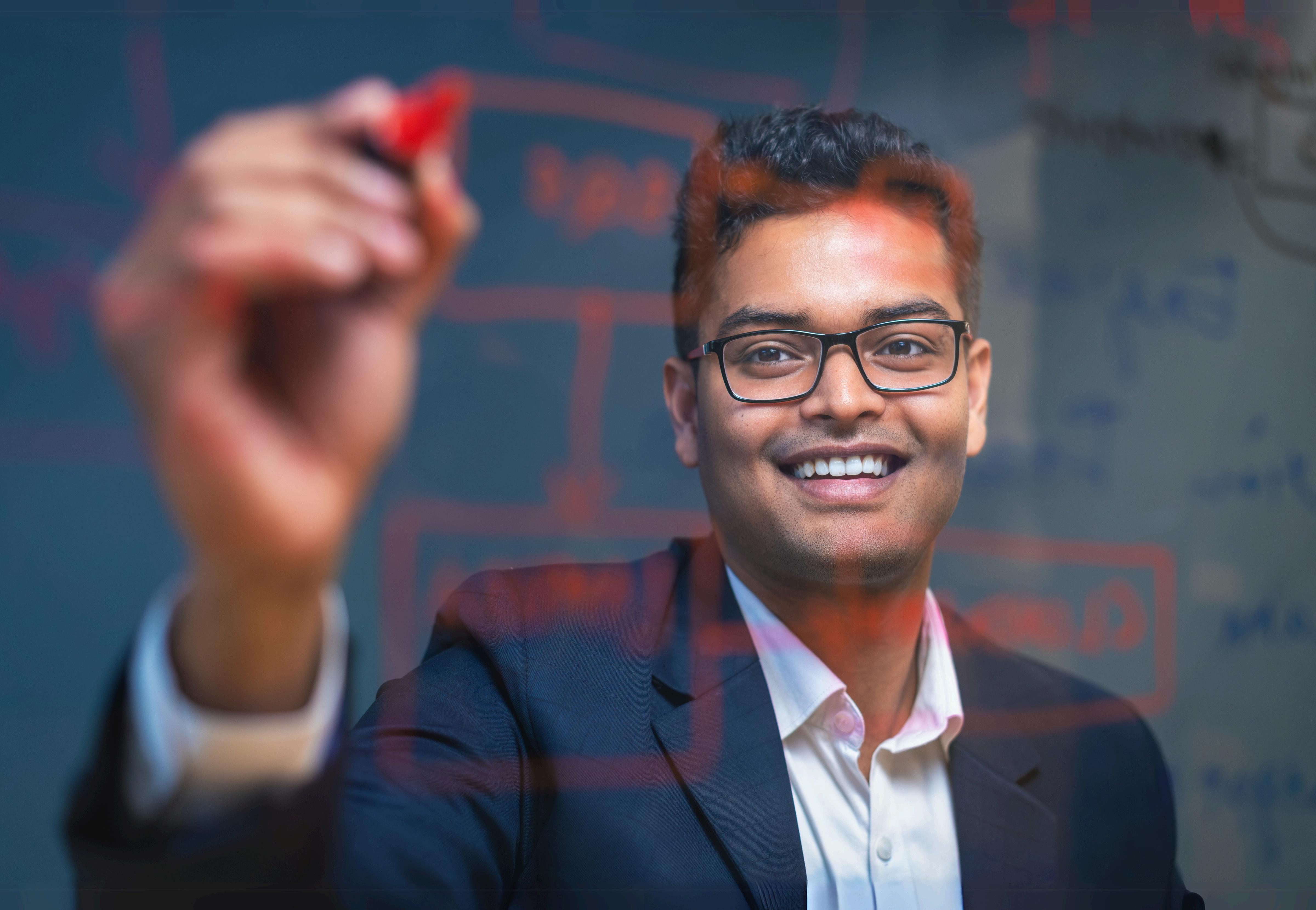





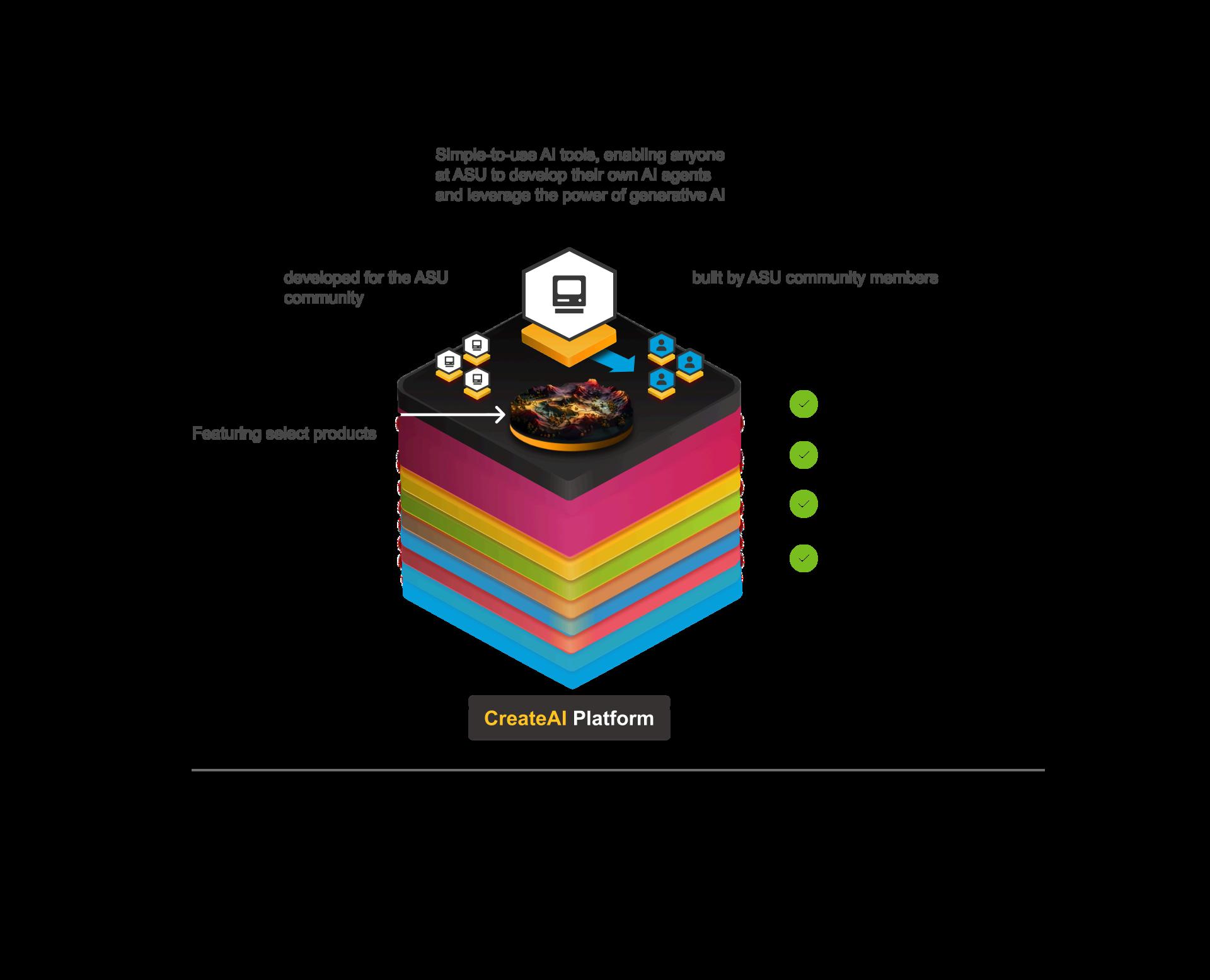
CreateAI is built on top of AWS that gives our users secure access to 50+ industry-leading LLM multi-modal models in a safe environment where our data is protected, including: AWS Nova, OpenAI O1, 4o, 4omini; Google Gemini Pro; Anthropic Claude 3.5 and Meta Llama 3 2 Open-Source models
Everything developed utilizes ASU’s single sign-on system and ensures user data is encrypted and secure every step of the way.
The architecture has been developed to allow any system or custom application to leverage the full power of the platform via our Application Programming Interface (API), enabling the creation of customized experiences such as those in Dreamscape Learn or Salesforce
AI agents are being developed to seamlessly integrate with enterprise systems like Canvas, Salesforce, and ServiceNow. This agentic framework allows users to drag-and-drop AIpowered projects, improving data intake and action execution within these systems.
We have developed an Ethical AI Engine to assess the AI systems our students interact with, prioritizing safety, fairness, and usability
Multiple modalities including text, voice, video, and avatars enable realistic avatars for various use cases, such as mock patients for medical students and virtual teachers for AI-driven courses.
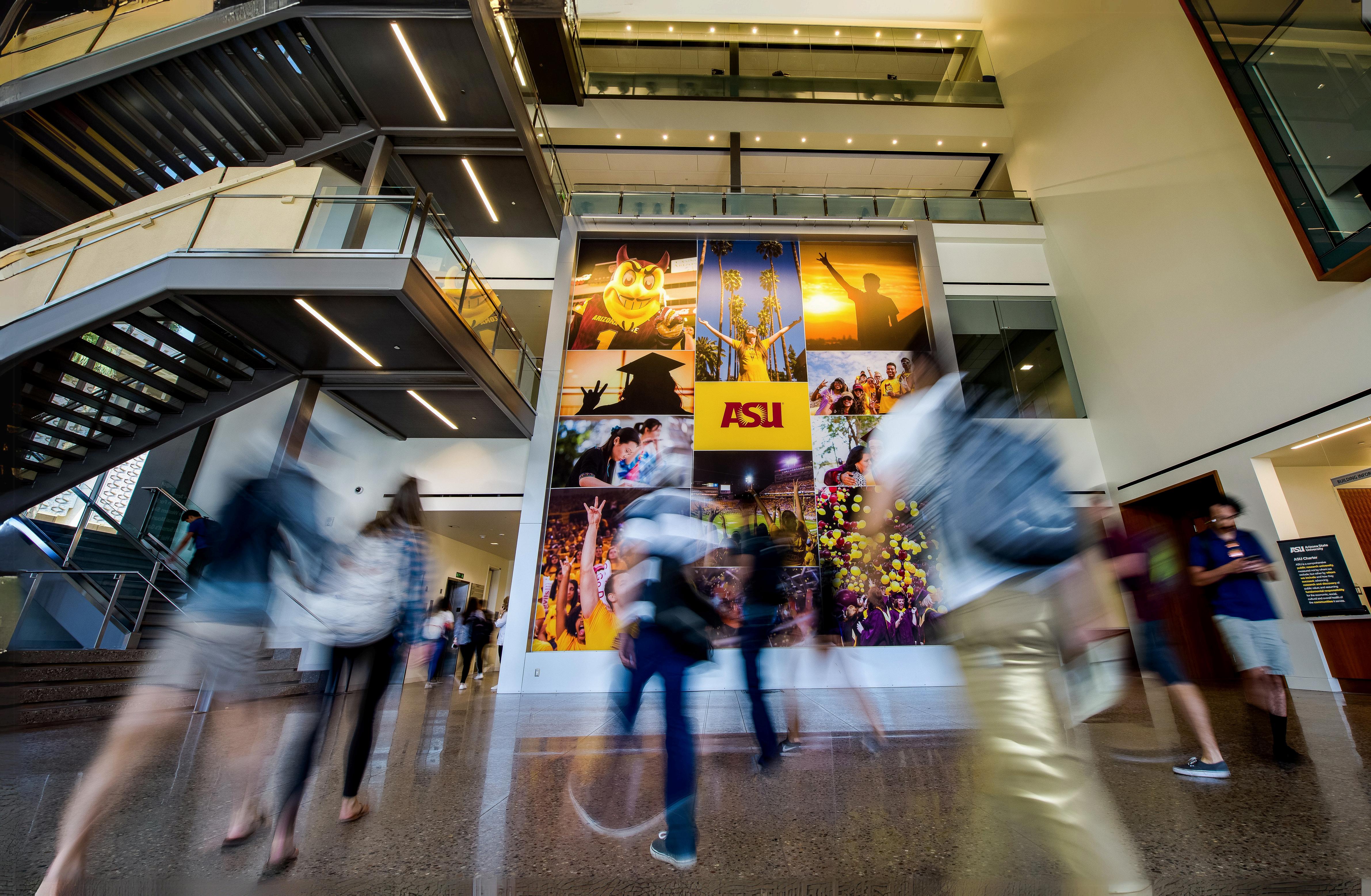
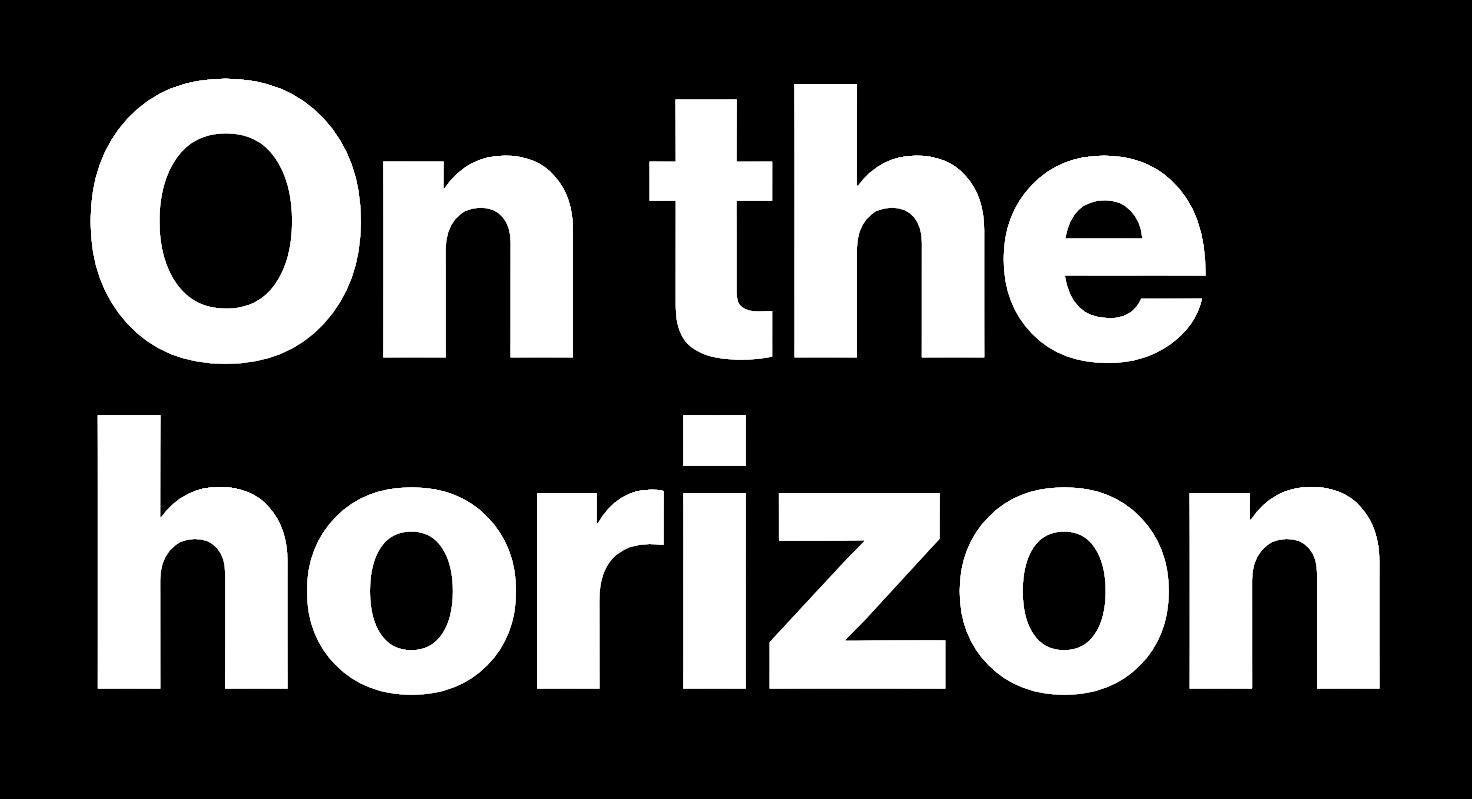

AI will be a central tenet of ASU Health, which includes a new medical school called the School of Medicine and Advanced Medical Engineering, the School of Technology for Public Health, the Health Observatory at ASU and the Medical Master’s Institute as well as the existing College of Health Solutions and Edson College of Nursing and Health Innovation.
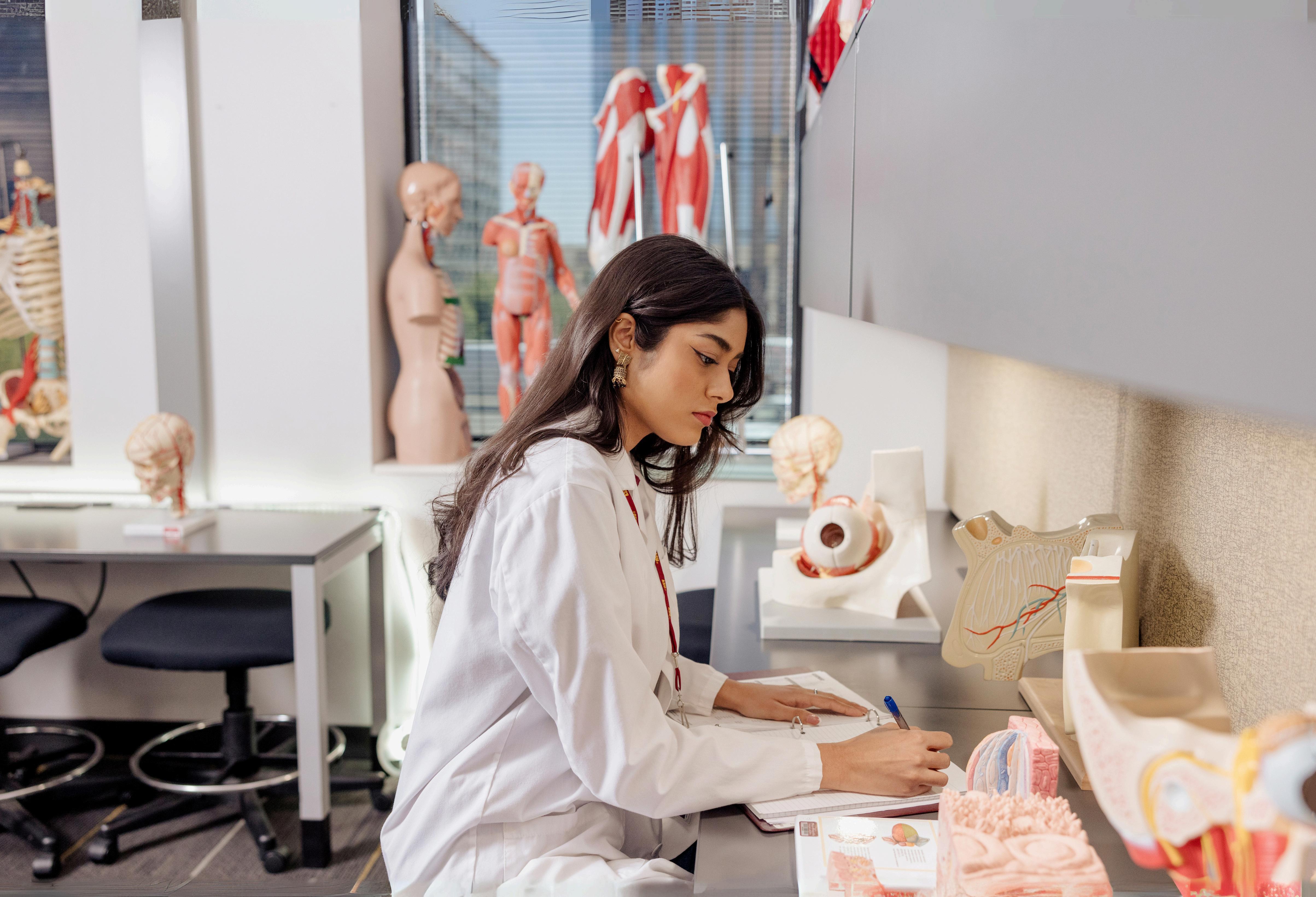
Transforming health care training with patient avatars
Technology is transforming the student learning experience in meaningful ways Consider the Center for Patient Stories, a collaboration between the School of Medicine and Advanced Medical Engineering, Walter Cronkite School of Journalism and Mass Communication and Dreamscape Learn. This center will collect and curate narratives from patients, families and communities, using virtual and augmented reality and AIenhanced technologies to create avatars that faithfully represent the challenges and experiences that health care providers must navigate

Dreamscape Learn is a collaborative venture between Dreamscape Immersive and Arizona State University (ASU) that uses virtual reality and storytelling to create immersive, engaging learning experiences, particularly in science education. Currently, Dreamscape Learn is used by students who are learning biology.
Now, ASU has introduced a new AI companion within its Dreamscape Learn platform, specifically designed to enhance the biology coursework experience.
This AI tutor is notable for its multimodal capabilities, which allow it to interact with students through voice and other dynamic, contextaware methods This feature stands out for its ability to process and respond to multiple forms of communication, including text, voice, or visual inputs, thus enriching the student learning experience by adapting in real-time to individual needs.

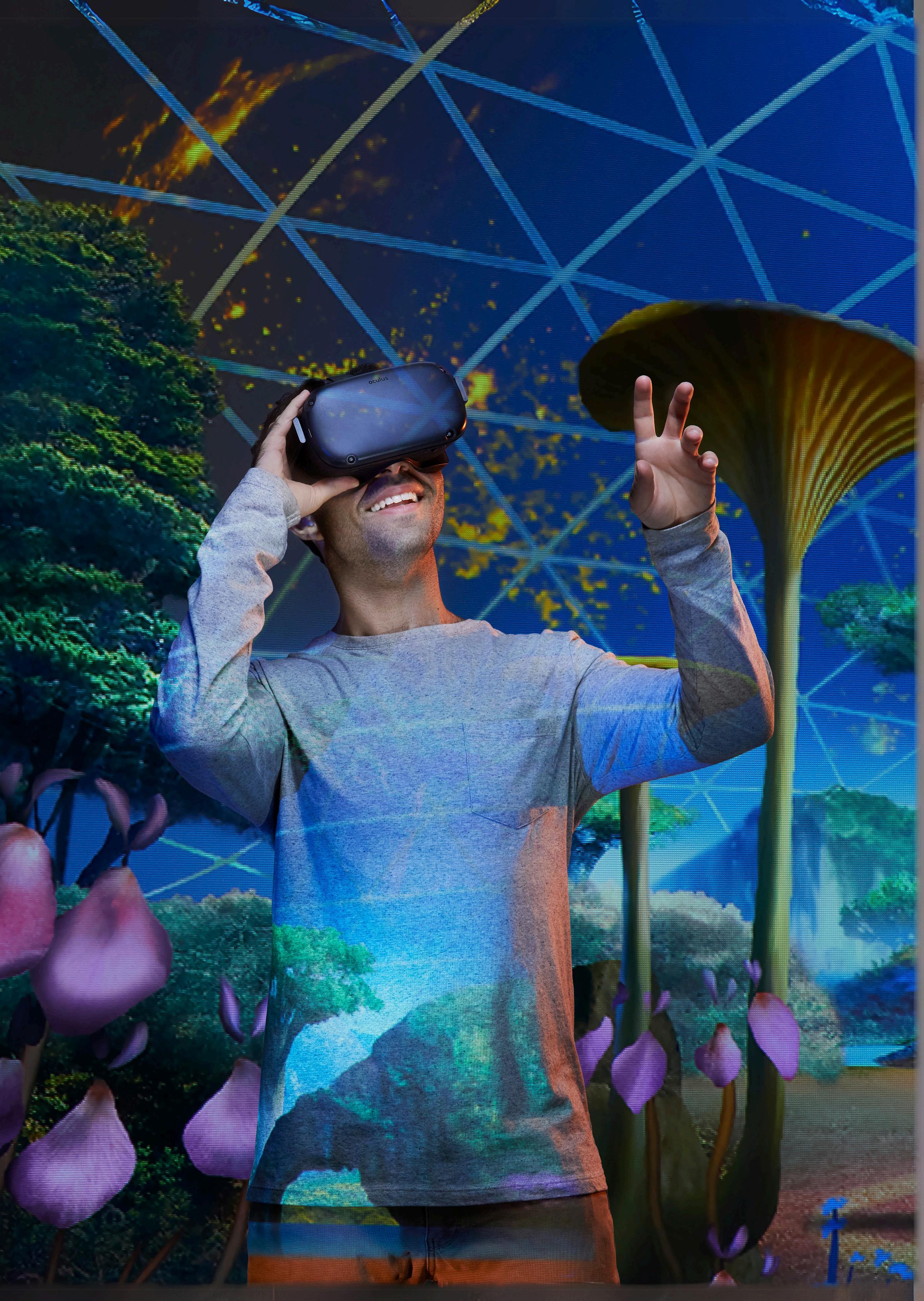
Implementing this AI companion demonstrates ASU's ongoing commitment to integrating advanced technology to tailor and improve educational experiences. The use of multimodal interactions helps to personalize learning, making it more engaging and effective.
This initiative reflects ASU's strategic approach to using innovative technologies to prepare students for future challenges by creating immersive and adaptive educational environments.
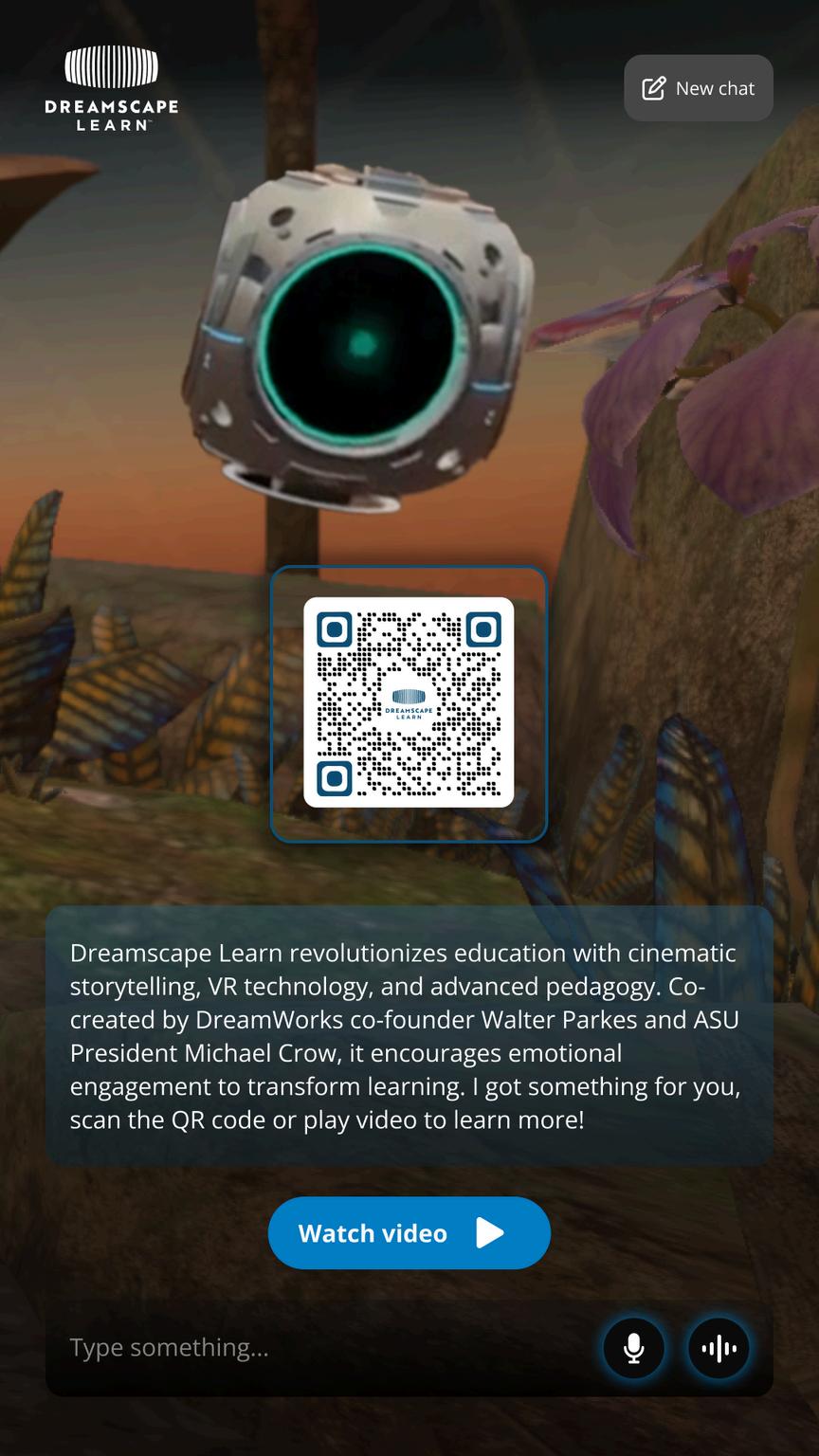

Custom enterprise agent tools
ASU is expanding the CreateAI platform by developing built-in Enterprise Agent Tools that connect to internal data systems.
These custom tools enable AI agents to directly retrieve and use data from core enterprise sources like a learning management system (LMS), Salesforce, the data warehouse, the ASU iSearch directory, and ASU websites By tapping into these systems, agents can automate routine queries, generate data-driven insights, and streamline workflows at scale across the university.
Third-party enterprise integrations
Through strategic partnerships, ASU is integrating its AI agents with widely used external platforms. In particular, ASU is working with a third-party vendor (such as Composio.dev) to bridge AI agents with services like Canvas (learning management), Salesforce (CRM), ServiceNow (IT service management), Google Drive, and more
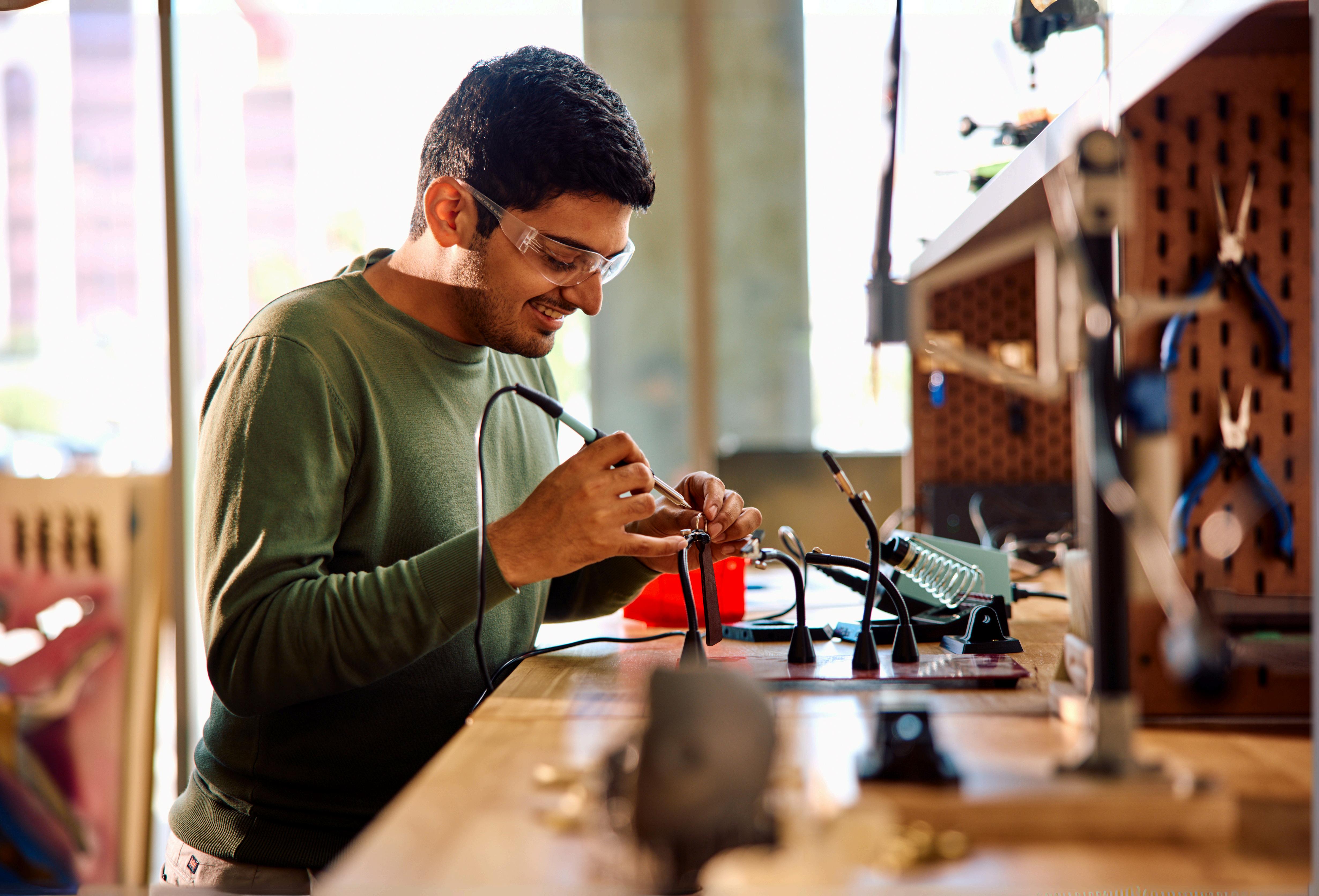

Agentic AI represents the next evolution of artificial intelligence, moving beyond static algorithms to systems that can autonomously set goals, adapt in real-time, and proactively collaborate with humans and other AI tools.
By allowing AI to take on more complex, dynamic tasks with minimal human guidance, agentic AI will enable people to focus on higher-level strategy and decision-making. This shift holds tremendous promise for institutions like ASU, where innovation, scalability, and impact are key priorities
At ASU, we’re bringing this technology to life by integrating AI agents into the CreateAI platform, enabling them to coordinate tasks, access resources, and manage processes end-toend.

These agents will operate within defined ethical and institutional boundaries, ensuring that while they act autonomously, they remain aligned with the university’s values and objectives.
Real-world use cases - ranging from campus logistics to specialized research support - demonstrate the direct impact of agentic AI on day-today operations and long-term strategic goals.
REPRINTED FROMTHEECONOMICTIMES
CREDIT:DUYTIMASCHARAK,SENIOROFFICER-CONTENT&COMMUNITIES,ETEDUCATION (THEECONOMICTIMES)
Universities must evolve beyond traditional models to meet the demands of a rapidly changing world.
In this exclusive conversation, Michael M Crow, President of ASU, shares his visionary approach to innovation, student success, and the future of higher education. From breaking rigid academic structures to integrating cuttingedge technologies, he reveals what it takes to build a truly adaptive and impactful university.
The future of higher education is being rewritten in real time. As industries evolve, digital transformation accelerates, and global challenges reshape economies, universities can no longer afford to remain static
The need for adaptive, studentcentric, and impact-driven institutions has never been greater. Traditional boundaries between academia and industry are blurring, demanding fresh approaches to learning, research, and workforce readiness. How can universities stay ahead of these shifts? What fundamental changes are needed to prepare students not just for jobs, but for lifelong success?
In this exclusive interview with ETEducation, Michael M Crow, President of Arizona State University (ASU), shares his bold vision for the future of education. Under his leadership, ASU has become a global model for innovation, accessibility, and realworld impact, challenging conventional norms and redefining what a modern university can achieve. From technology-driven learning to industry partnerships and rethinking academic structures, Crow offers deep insights into the transformation of higher education

PHOTOGRAPHER: DEANNADENT,ASU
As an education leader, how do you see universities evolving to keep pace with the rapidly changing demands of the workforce? What fundamental shifts are needed in curriculum and pedagogy to future-proof students?
Michael M. Crow: To be honest, most universities are not evolving fast enough. Many remain rigid, bureaucratic, and slow to adopt change. They are often self-centered and not leveraging technology effectively to improve student outcomes As a result, they struggle to help more students graduate and transition seamlessly into the workforce. There is a pressing need for significant innovation at all levels of higher education.
At our institution, we have taken a proactive approach to addressing these challenges
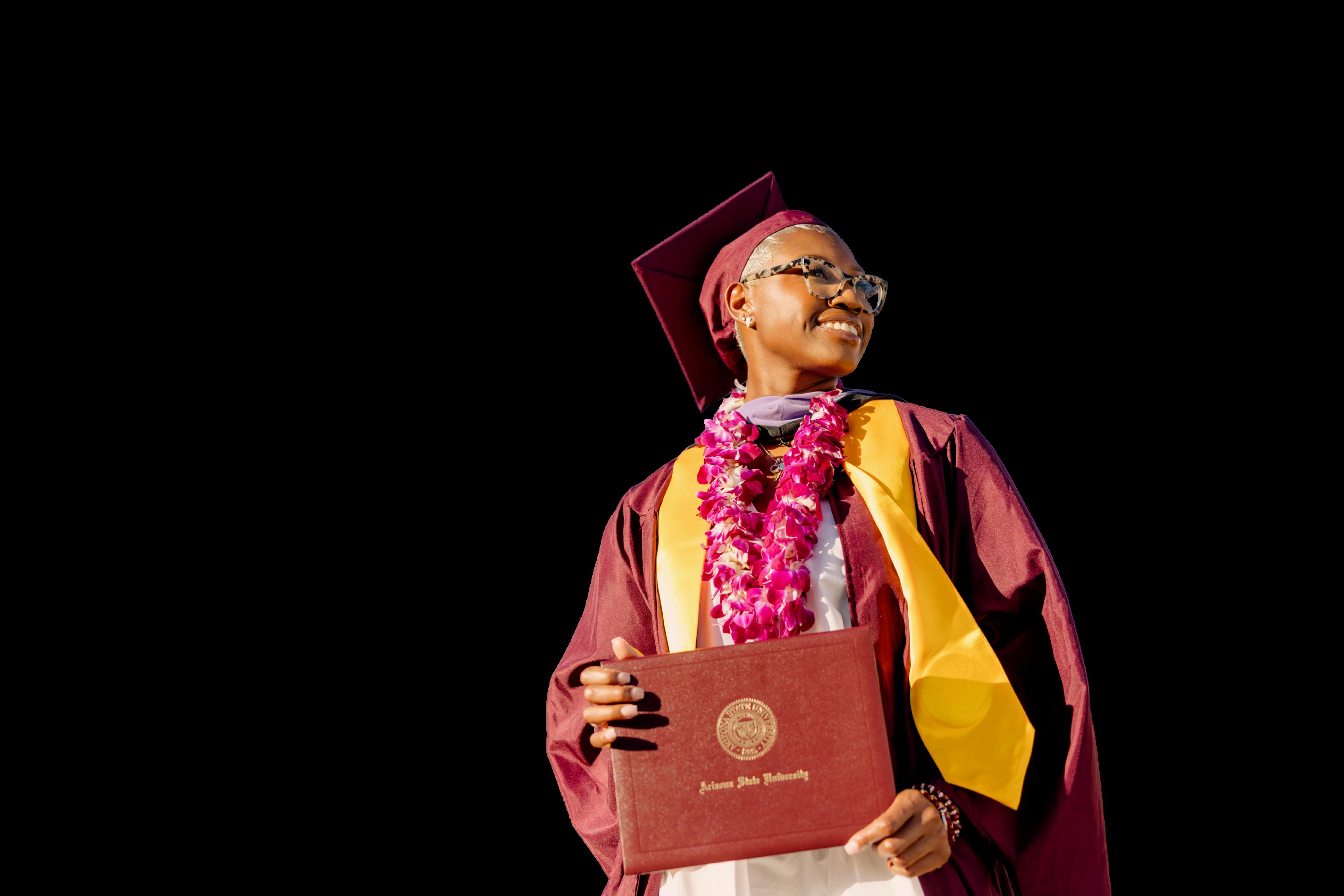
PHOTOGRAPHER: JILLRICHARDS

es: e sity to ring heir We ure wing e
ter a ents tively edge ots, es. dent ring, ced el of al in mains
Higher education is facing unprecedented challenges, from funding constraints and access disparities to the rapid integration of technology. In your experience, what are the most pressing challenges universities must address today, and how can education leaders navigate them effectively?
Michael M. Crow: The real challenge in higher education is not just funding or access it’s a lack of innovation and leadership. Many universities remain rigid, focusing too much on internal politics rather than their broader societal impact.
The crisis in higher education is largely self-inflicted Institutions that believe progress is only possible with increased funding are already at a disadvantage Similarly, if universities view incoming students as inadequate rather than focusing on how to effectively educate a diverse population, they have failed in their mission.
Ultimately, higher education needs bold leadership that prioritises innovation over bureaucracy. Universities must embrace new models of learning, rethink traditional structures, and commit to making education more inclusive and impactful
That’s how we navigate the challenges of today and prepare for the future
Many public universities worldwide are increasingly partnering with private institutions. What do you see as the key drivers behind this trend, and how can such collaborations shape the future of global education?
Michael M. Crow: We collaborate with thousands of companies and organisations, and the primary benefit is expanding opportunities for our students’ success. We don’t operate within rigid institutional boundaries. Instead, we embrace a boundary-spanning approach fostering collaborations across teaching, learning, research, internships, problem-solving, and employment
By breaking down traditional barriers, universities can create dynamic ecosystems where students gain real-world experience, institutions stay aligned with industry needs, and innovation thrives. These partnerships are essential in shaping the future of global education, ensuring it remains adaptable, inclusive, and impactful.
With AI transforming everything from content creation to personalised learning, how should universities balance innovation with maintaining academic integrity and critical thinking skills?
Michael M. Crow: AI systems are essentially vast, interactive knowledge repositories similar to digital encyclopedias. When used correctly, they can enhance critical thinking rather than diminish it. The key is designing these tools thoughtfully, integrating them into learning in a way that fosters deeper engagement and analytical skills
Academic integrity ultimately depends on intent If someone is determined to cheat, they will find a way, regardless of the technology available. Instead of viewing AI as a threat, universities should focus on educating students on its responsible use ensuring it adds value, enhances learning, and supports intellectual growth.
There’s often a gap between what universities teach and what industries need From your perspective, what are the most effective ways to build a stronger synergy between academia and the job market?
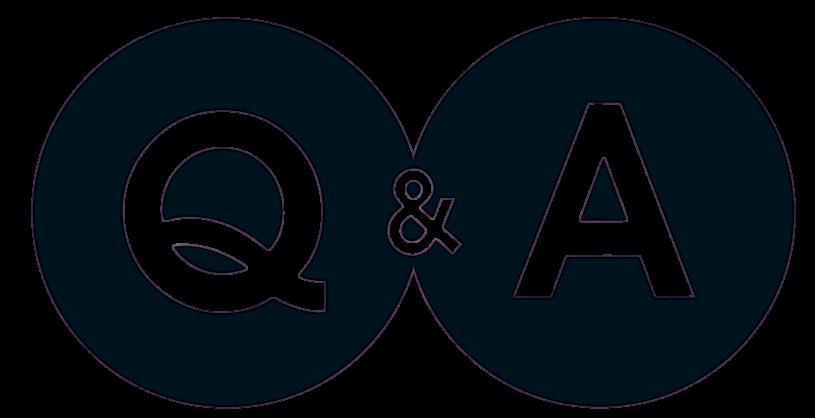
AQWe focus heavily on bridging that gap, but not by training students for specific jobs. Instead, we develop master learners individuals who are adaptable, capable of continuous learning, and prepared to evolve with the workforce
Jobs will change, industries will shift, and technology will advance If we simply train students for a specific role, they may struggle when that role evolves. Our goal is to create an environment where students develop the ability to learn, unlearn, and relearn, making them resilient and ready for any career path.
This approach ensures graduates are not just job-ready but futureready, able to work across disciplines and thrive in dynamic professional landscapes

ASU has been expanding its global footprint, especially in Asia. Could you share insights on your longterm vision for ASU in India and the broader Asian education market?
Michael M. Crow: Our vision goes beyond just the education market we operate in a globally interconnected world, where economies, industries, and innovations are evolving at lightning speed. In this landscape, isolated, region-specific universities have limited impact. The future of higher education lies in collaboration, connectivity, and adaptability. At ASU, we are actively building partnerships, alliances, and academic collaborations across Asia, including India These initiatives create opportunities for students, faculty, and researchers, enriching learning experiences and expanding the scope of impactful projects. By fostering a networked approach to education, we aim to equip students with the skills, knowledge, and global perspective needed to thrive in today’s dynamic world
As universities evolve, what key metrics should education leaders focus on to measure success—not just in terms of rankings, but in real student outcomes and societal impact?

graduates who struggle to find employment or teachers who are not equipped to teach is not truly successful.
Ultimately, universities must take responsibility for outcomes ensuring that every graduate has the skills, knowledge, and adaptability to make a tangible impact in their field and community.
PHOTOGRAPHER: SABIRAMADADY ASU ENTERPRISEBRANDSTRATEGYAND MANAGEMENT

The AI Journey doesn’t stop here explore more now.